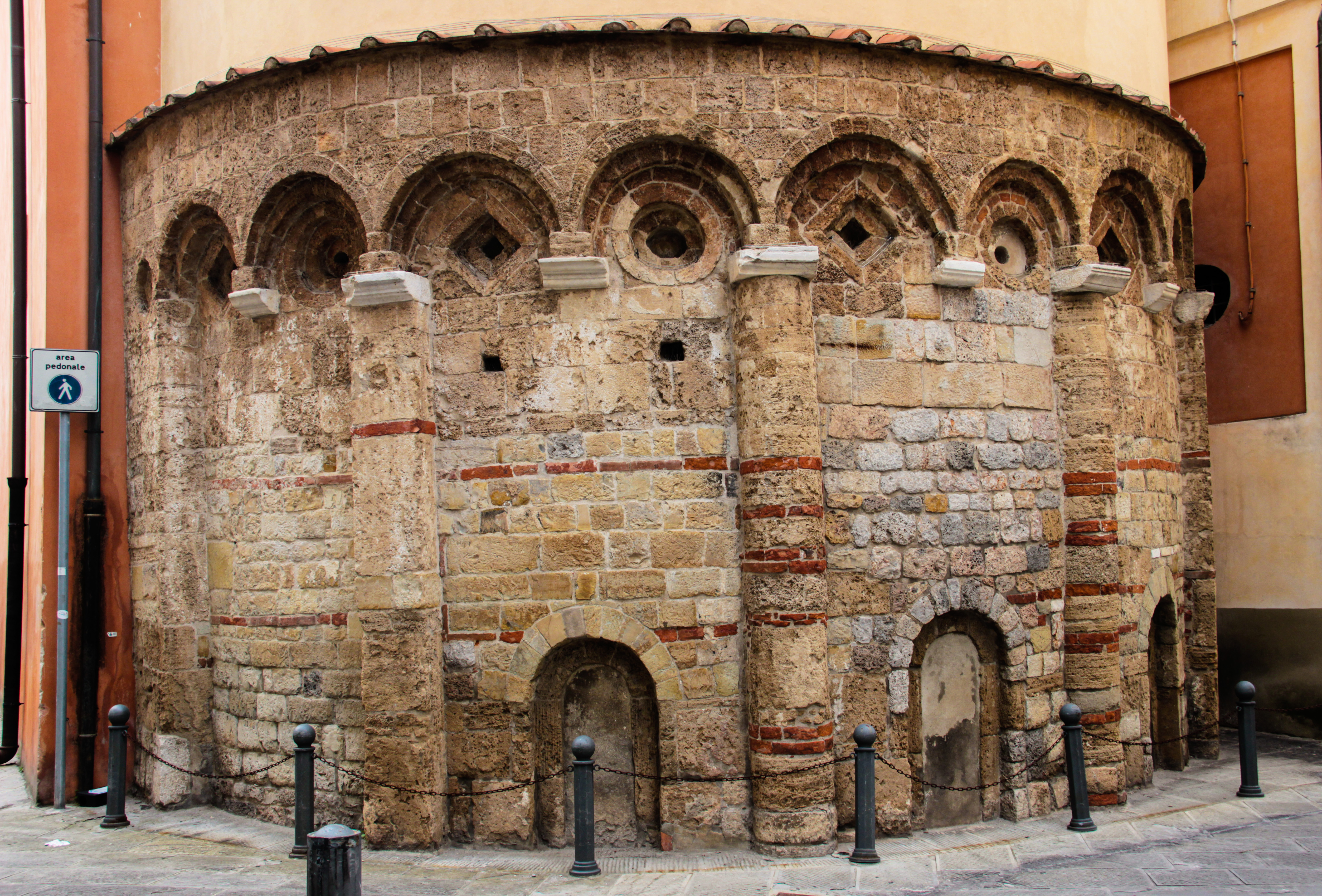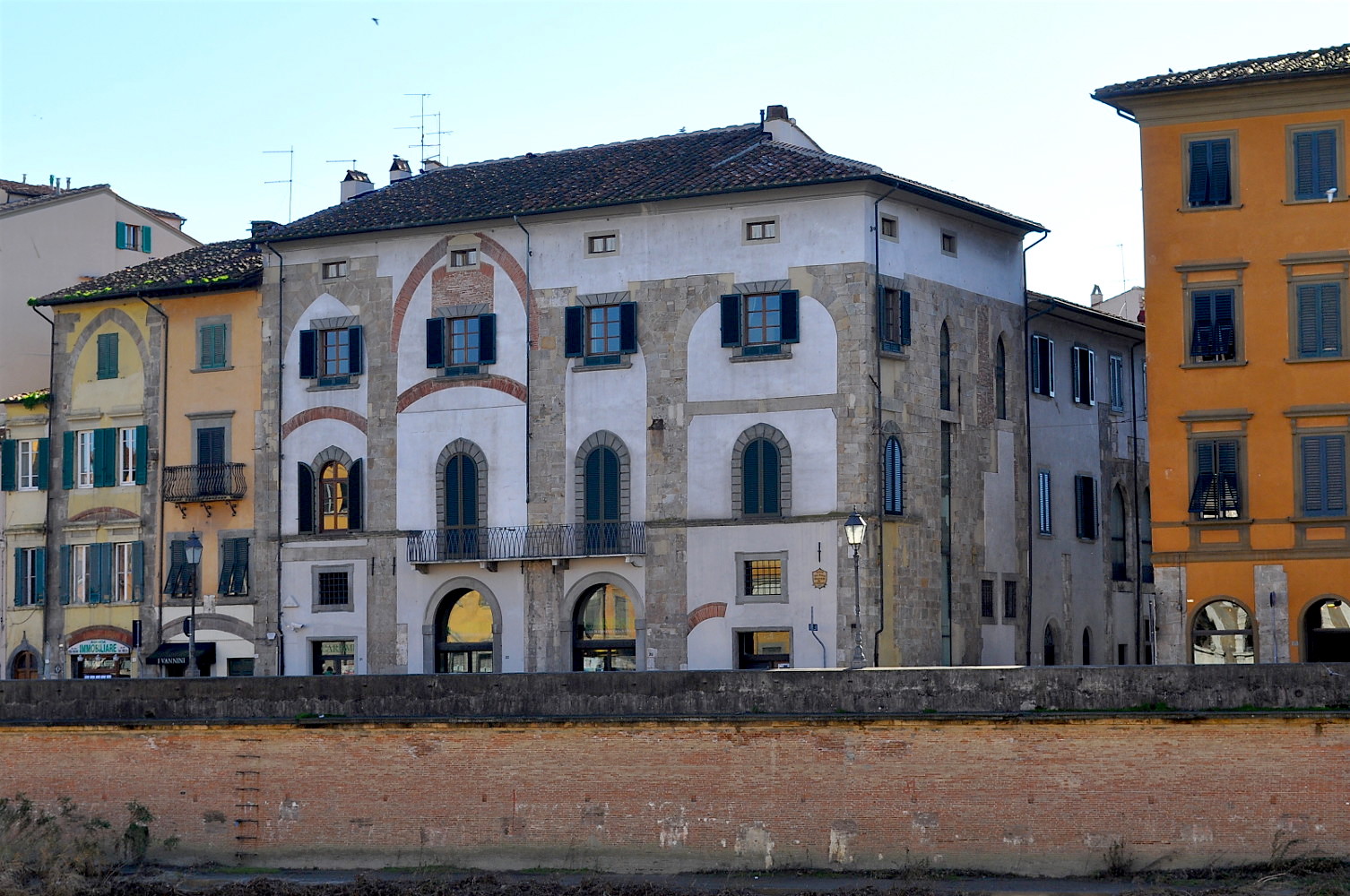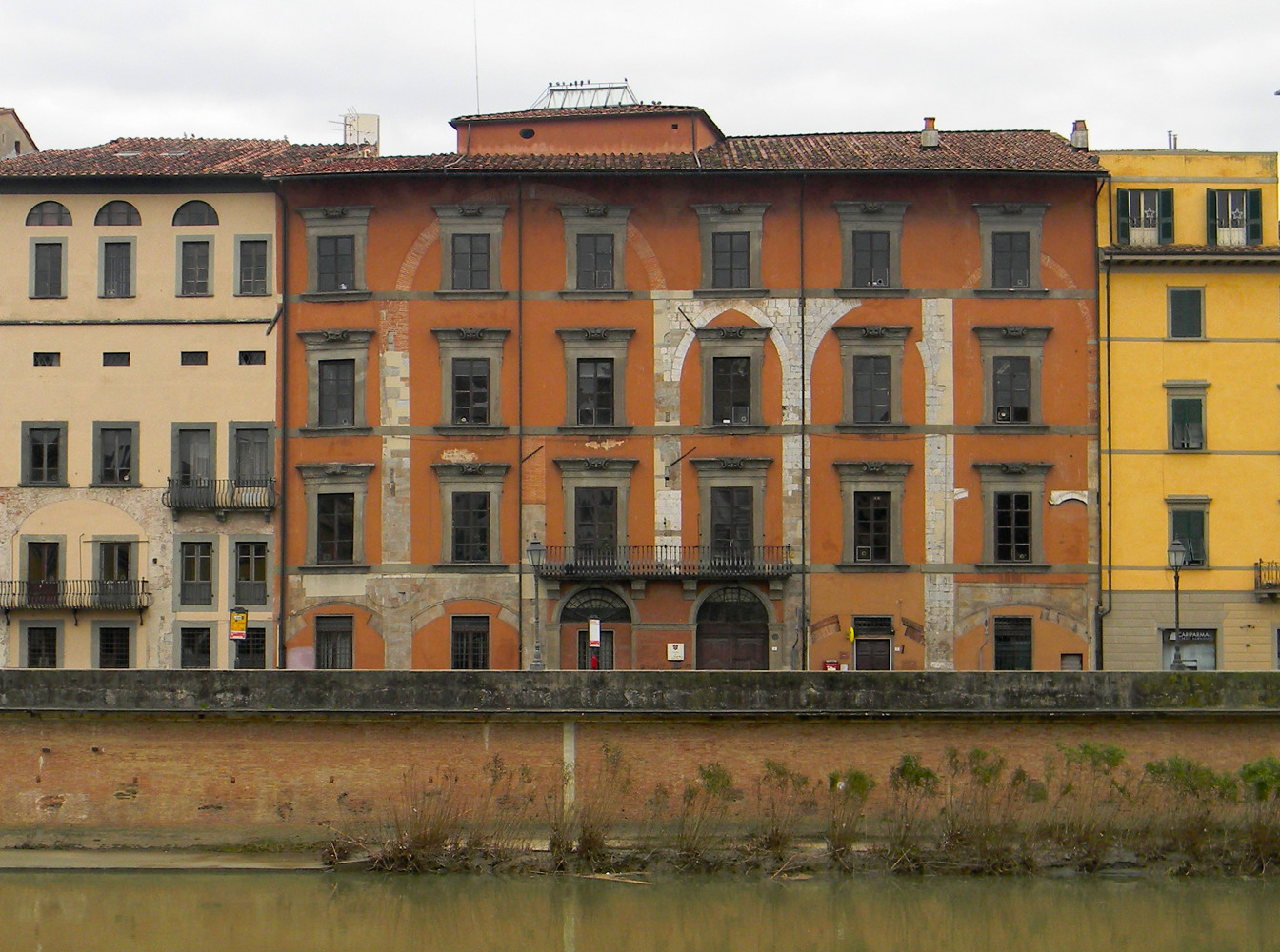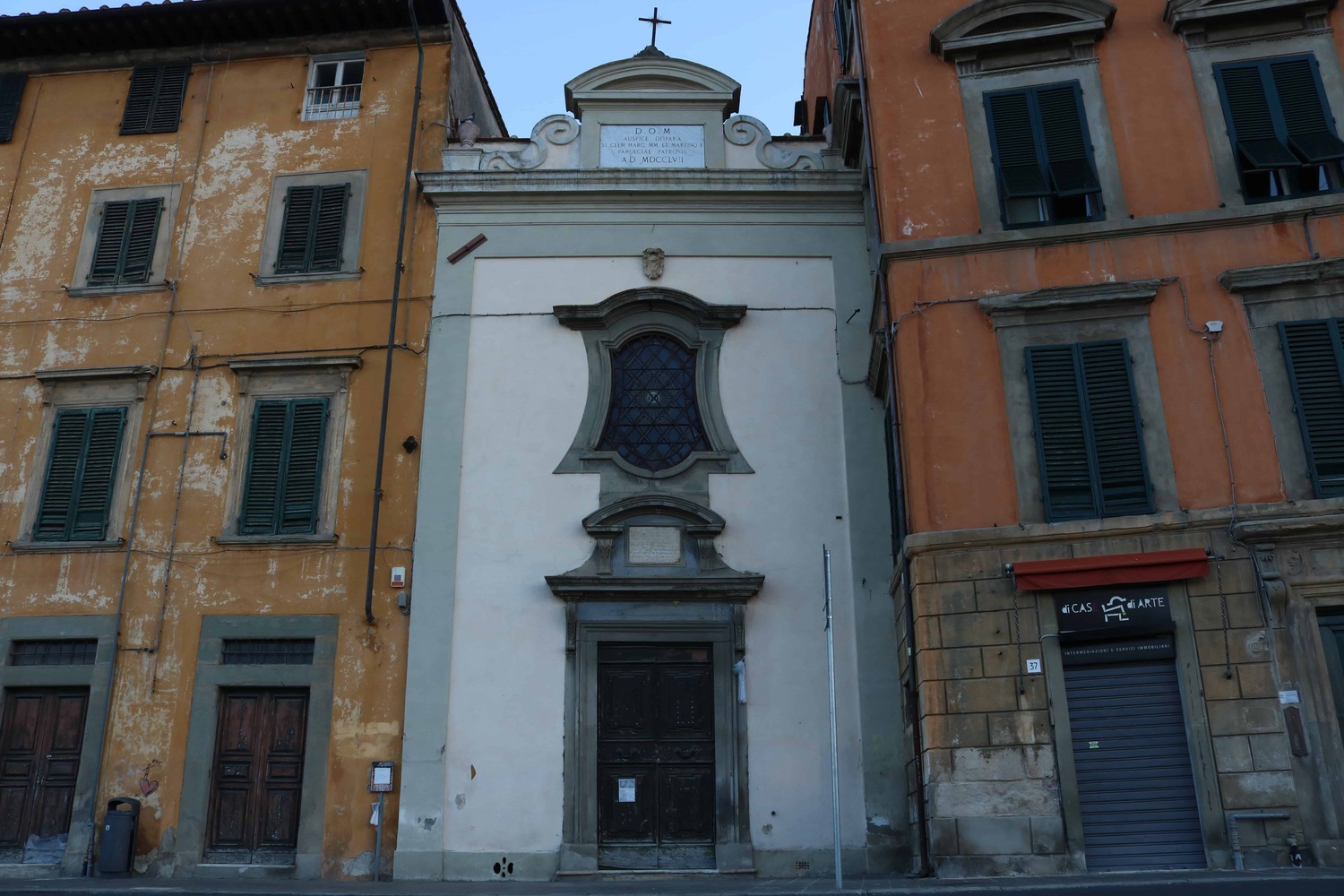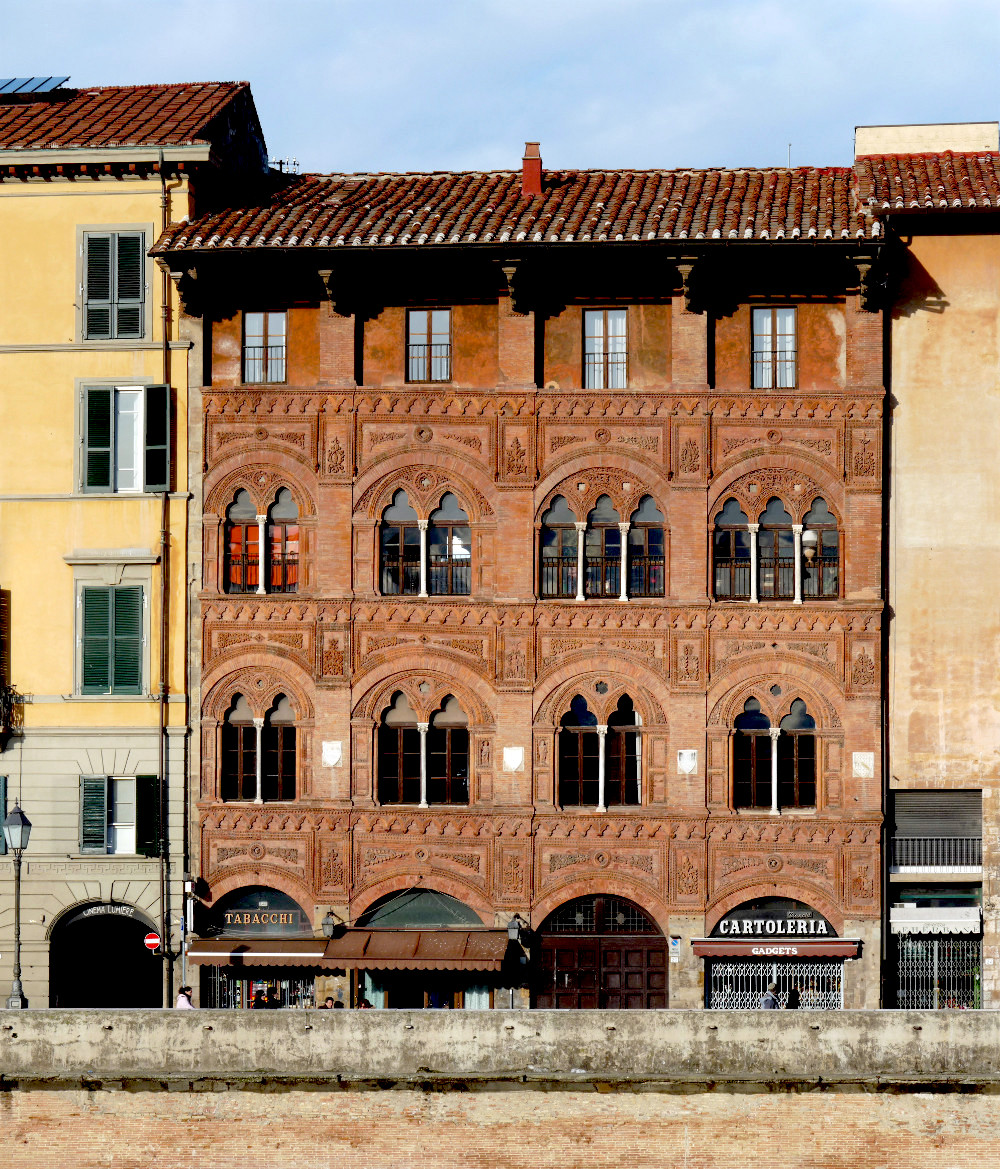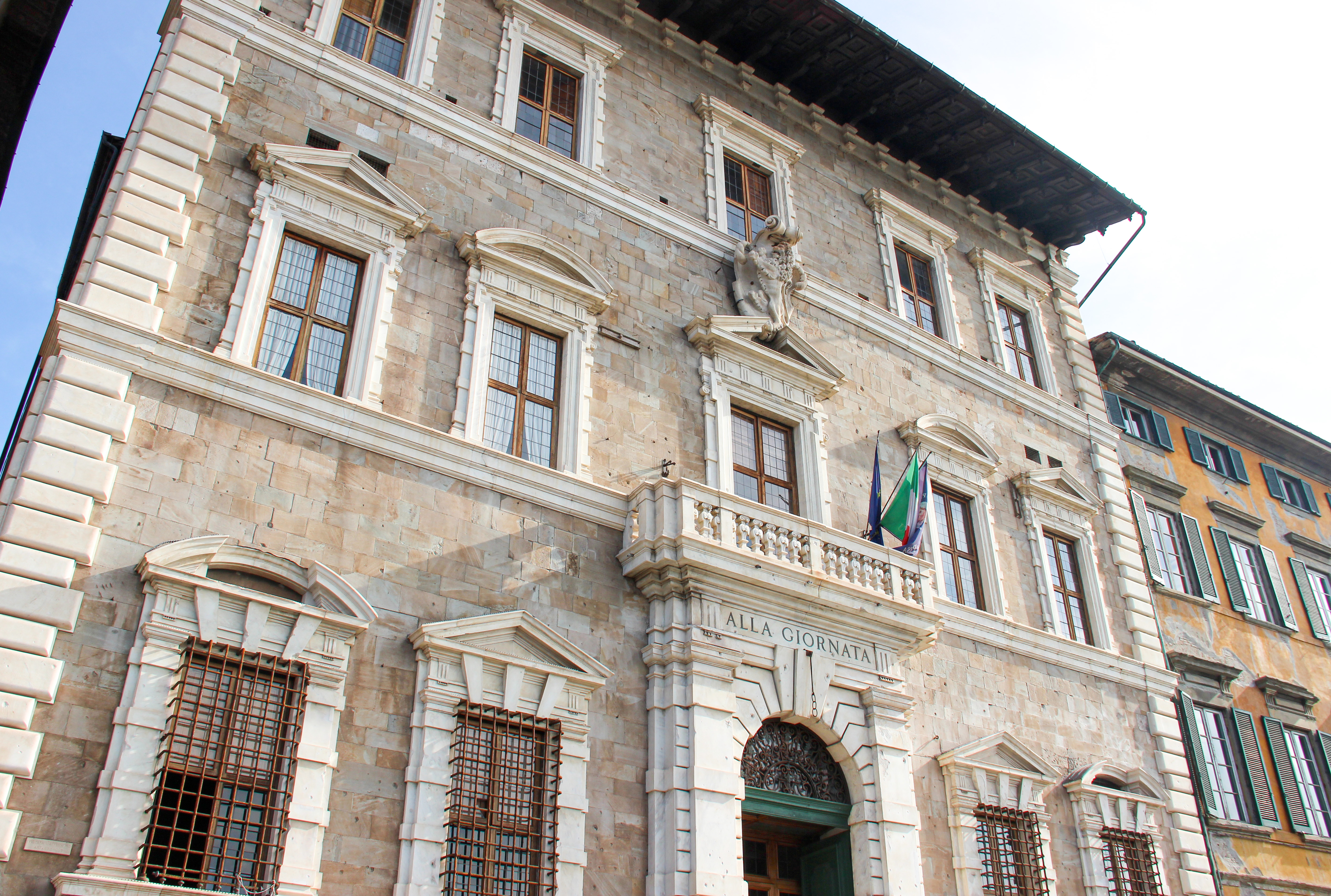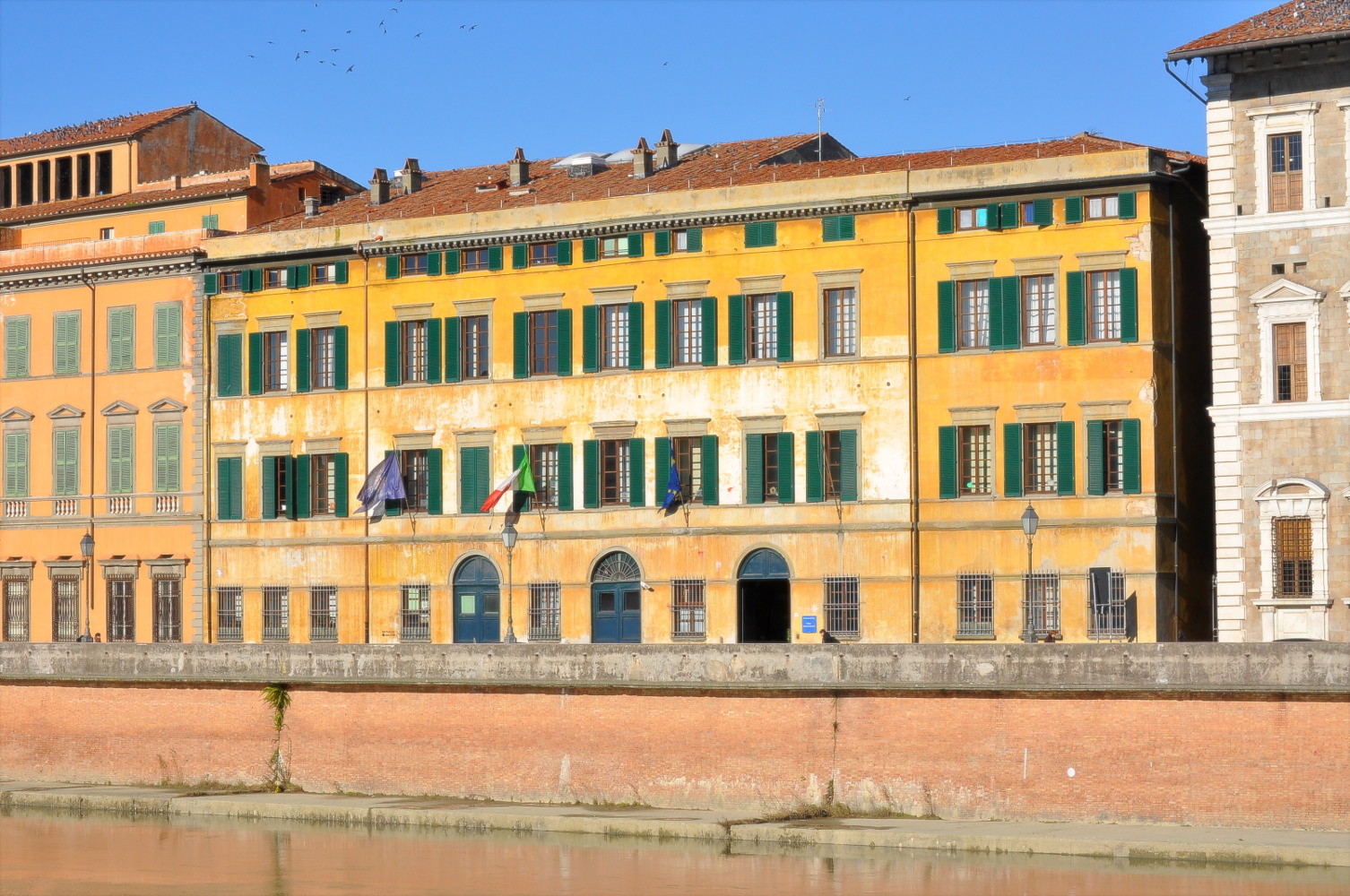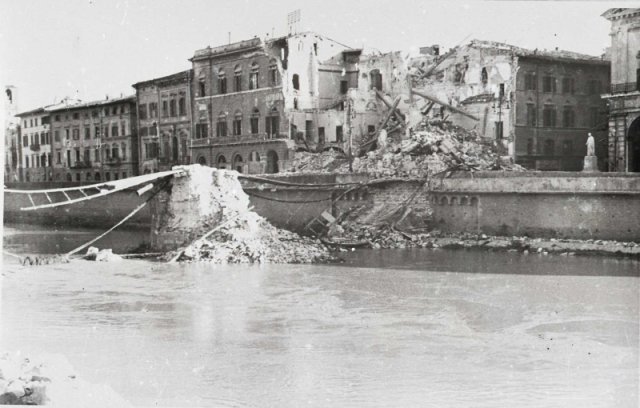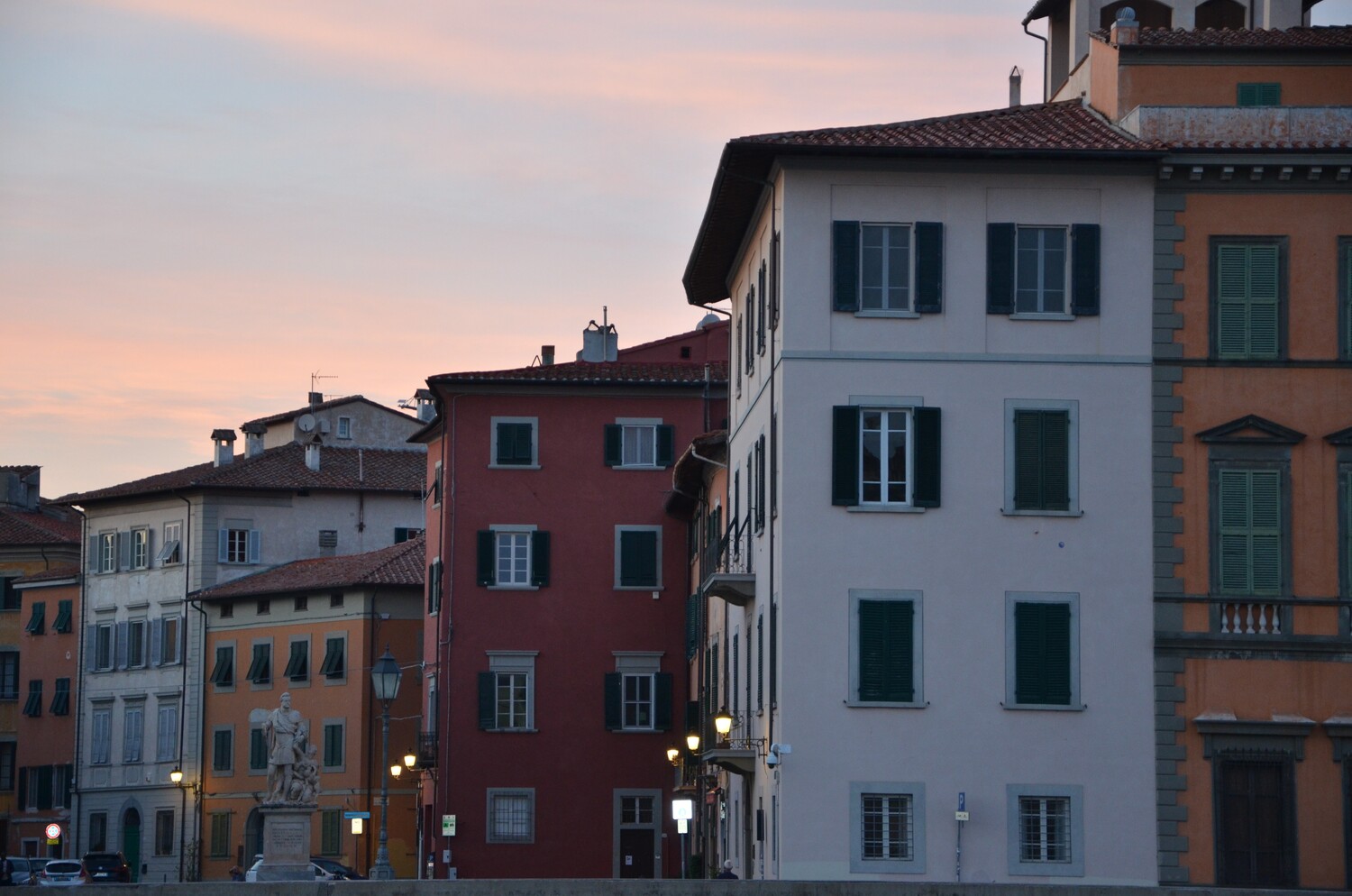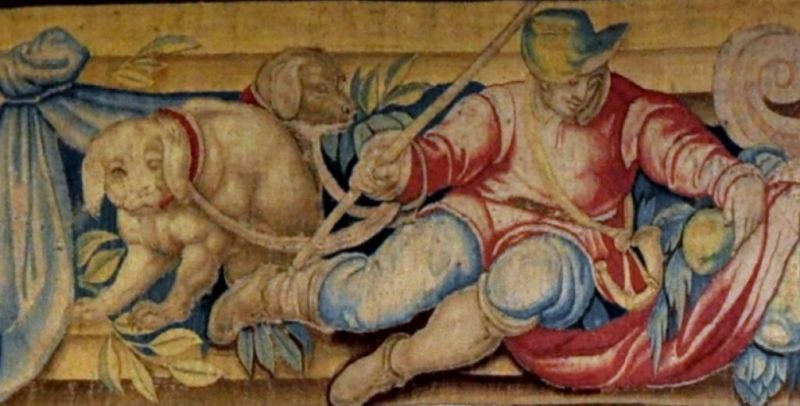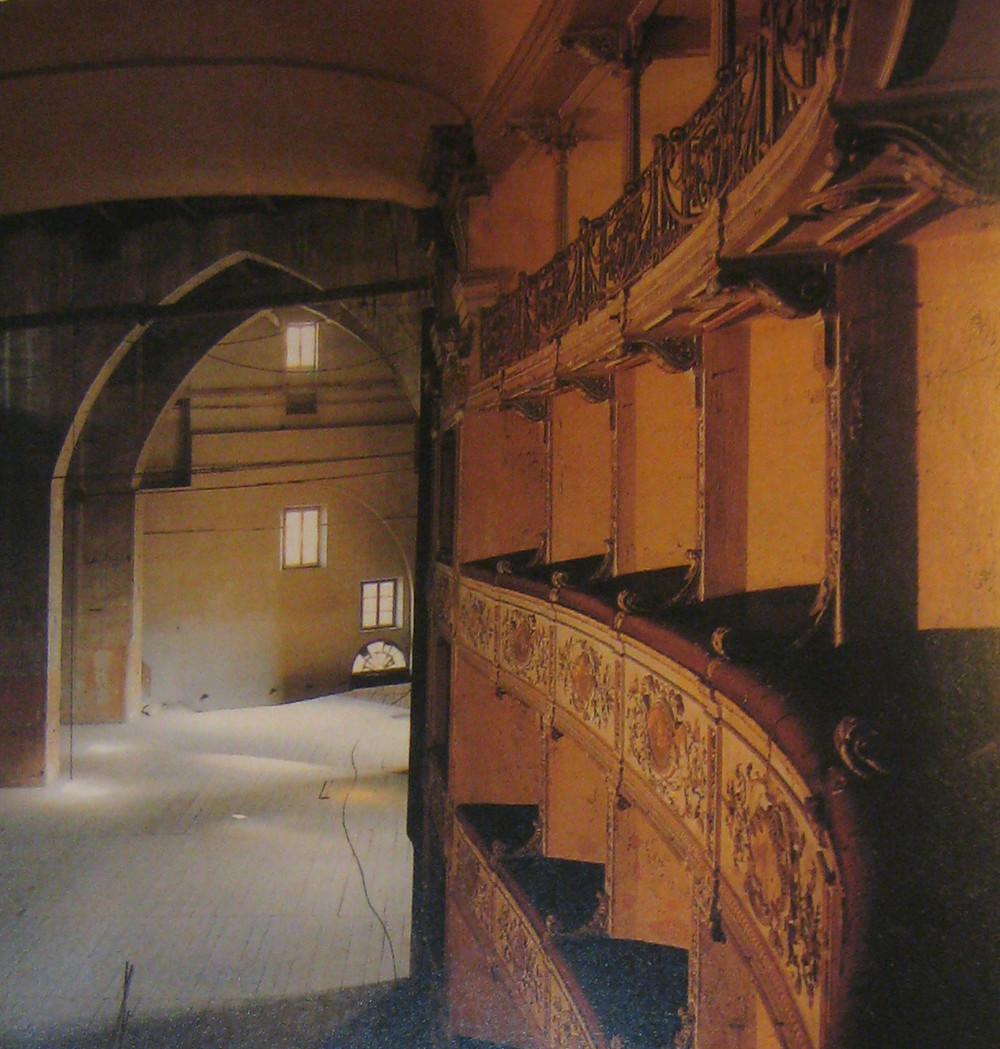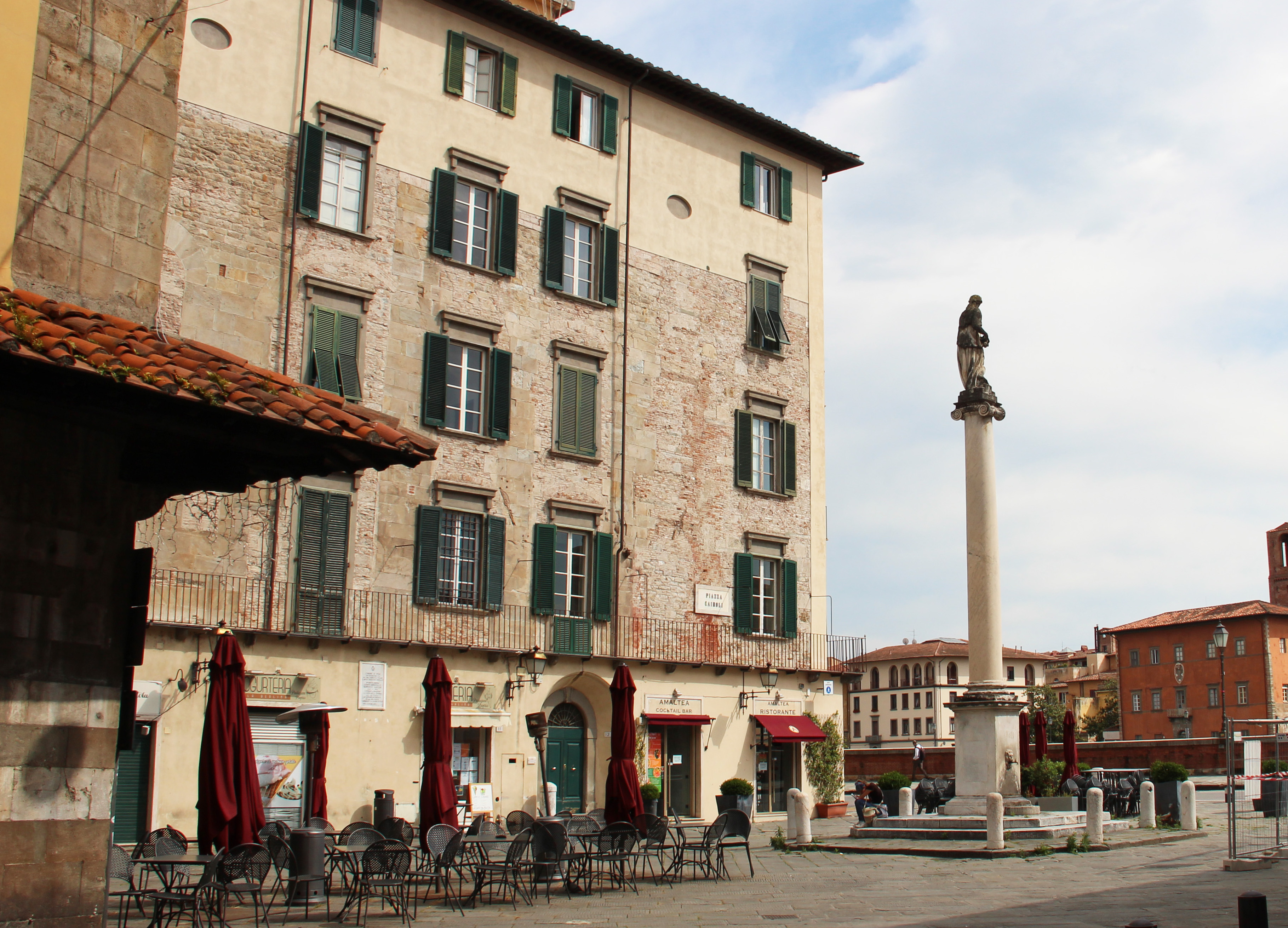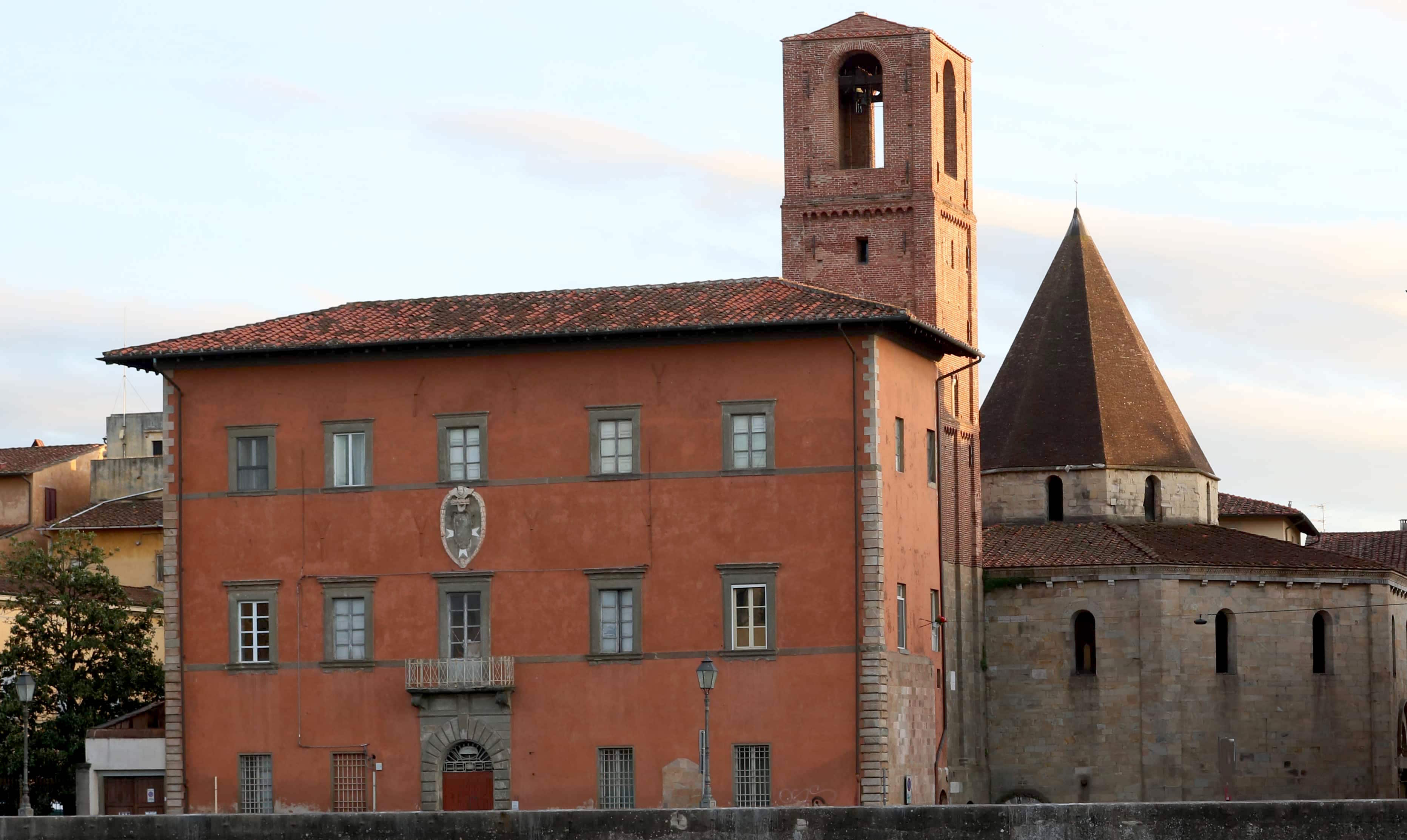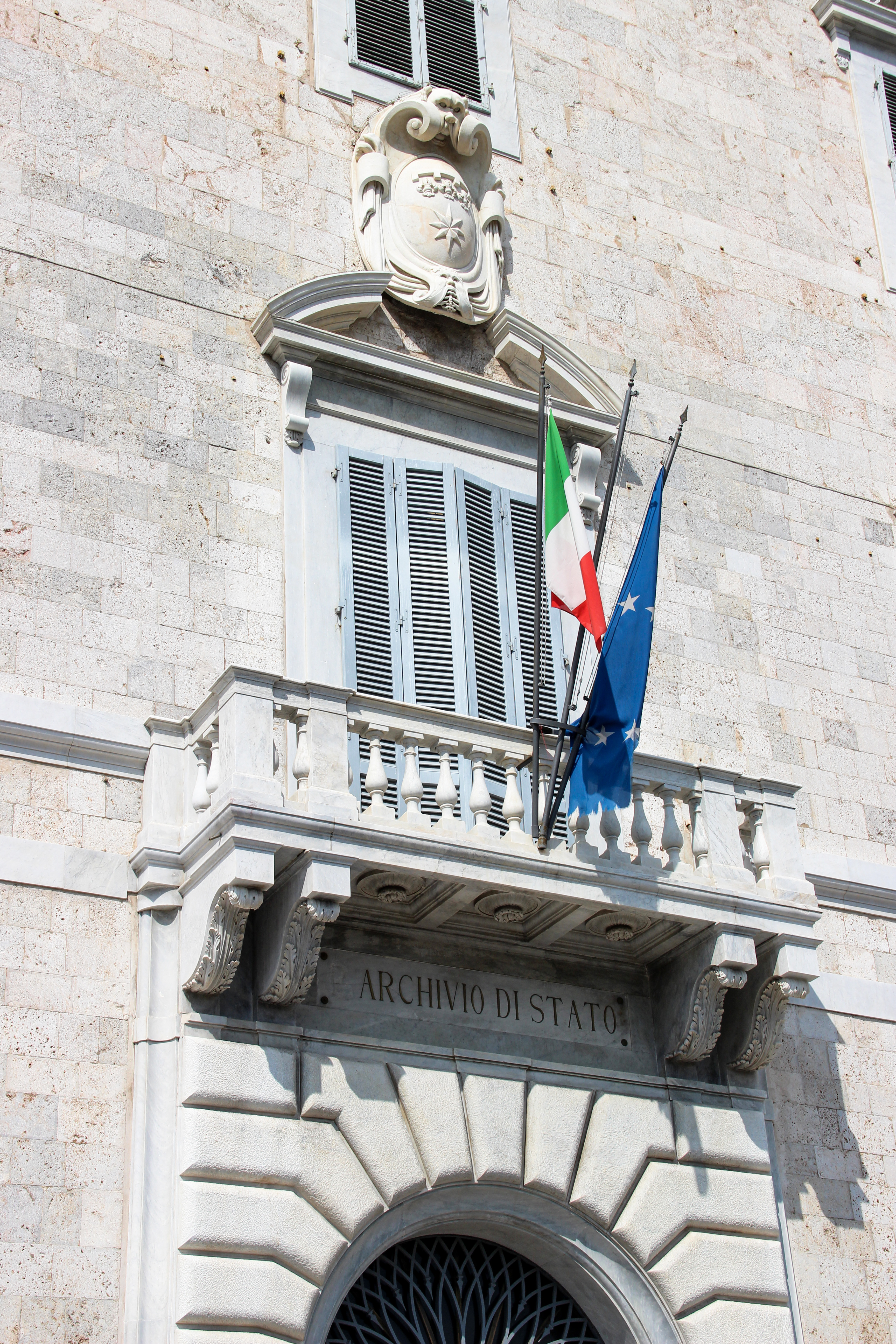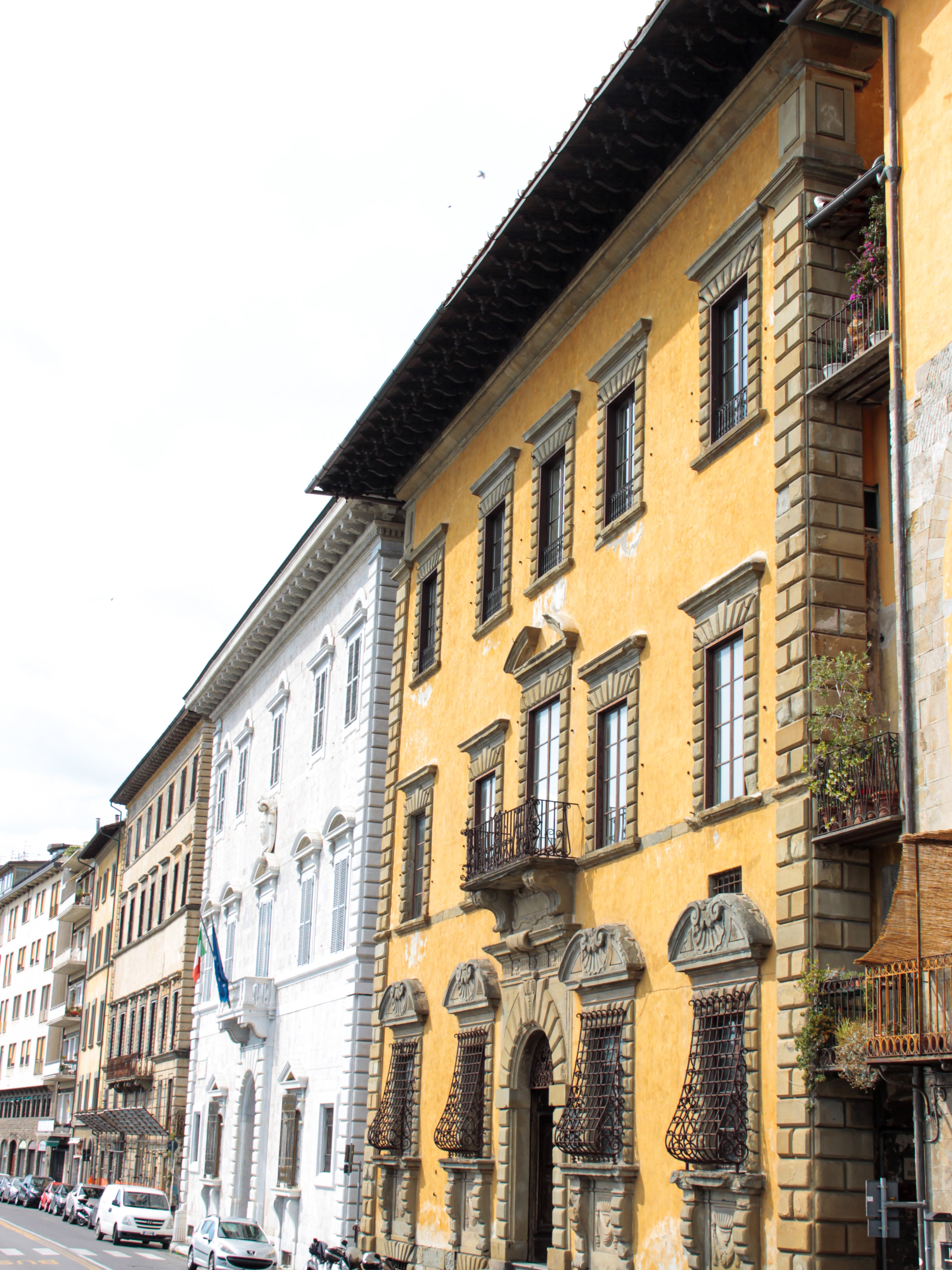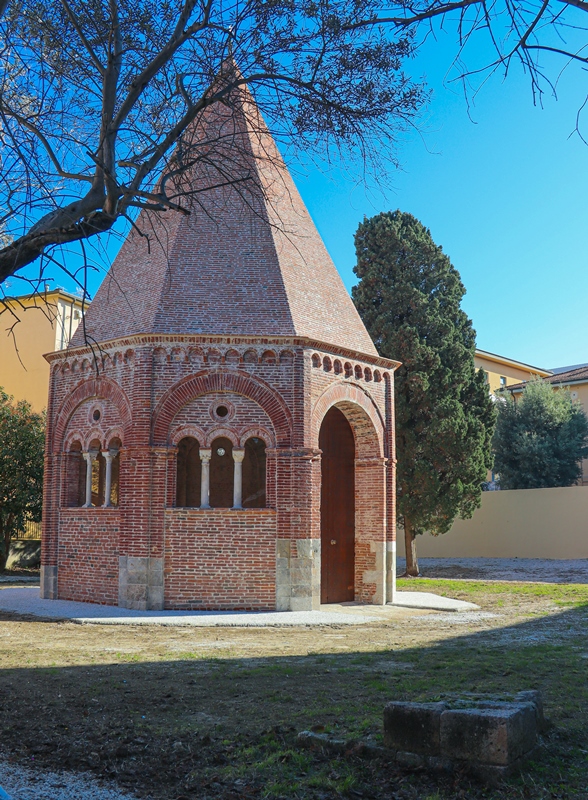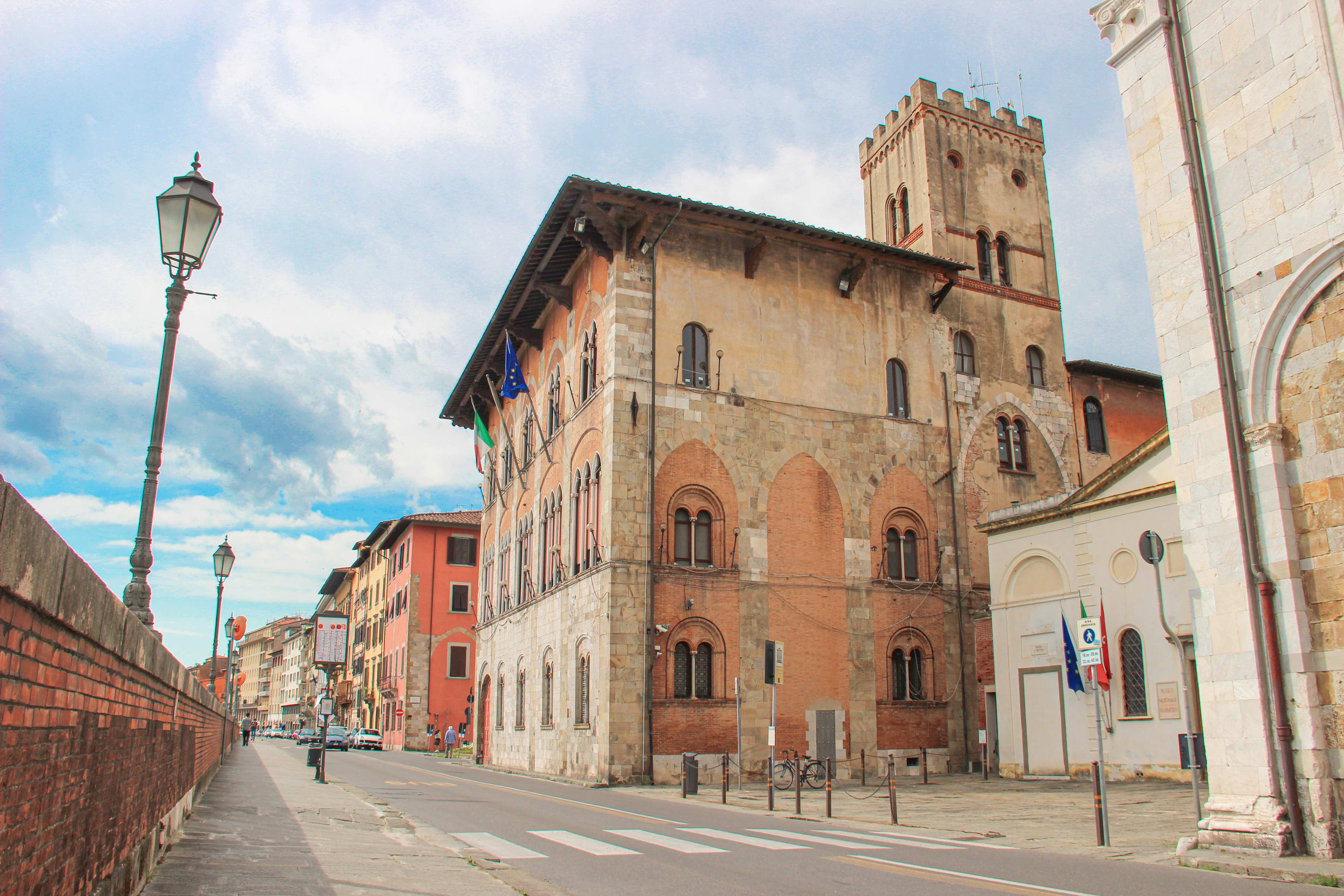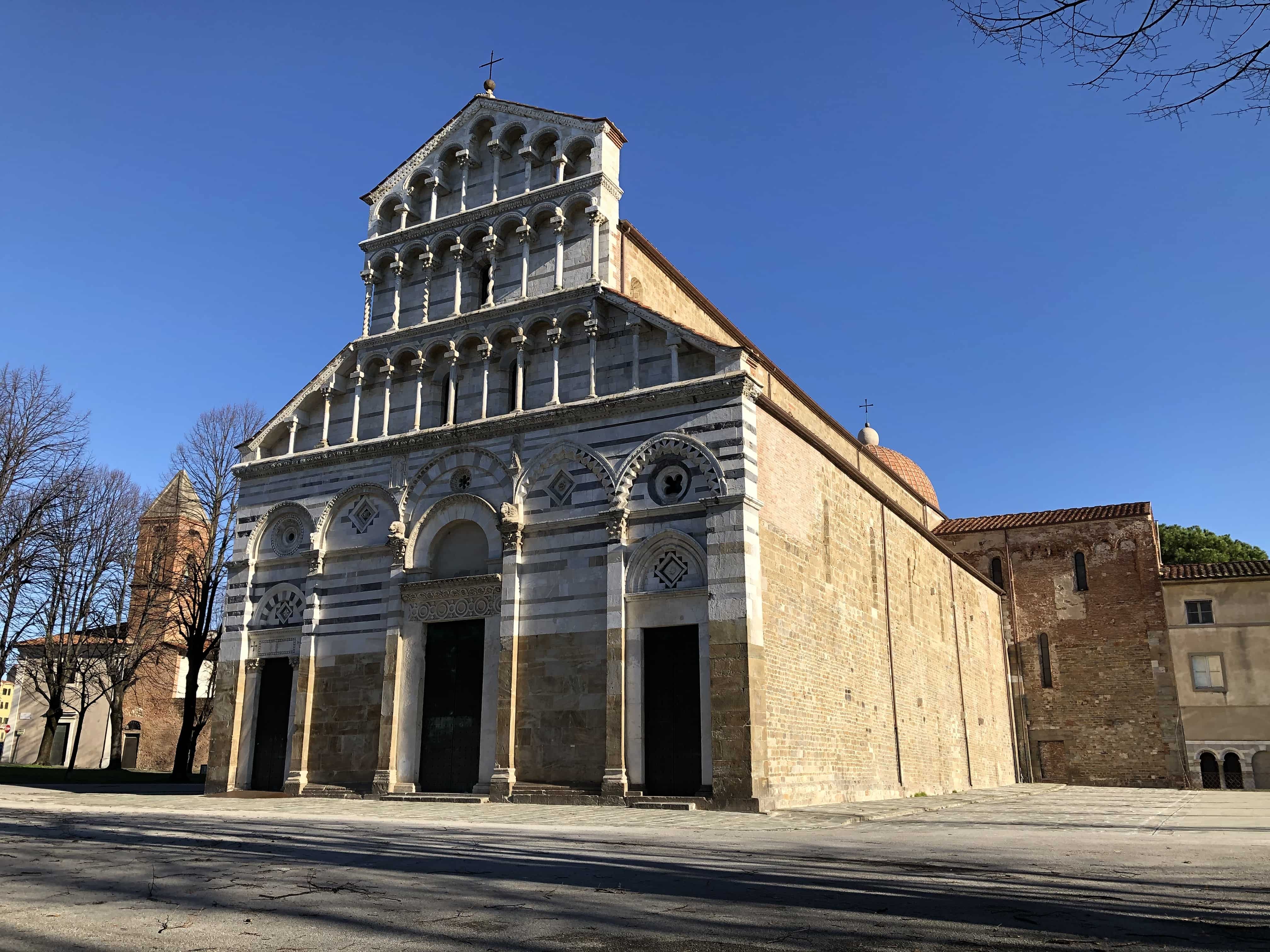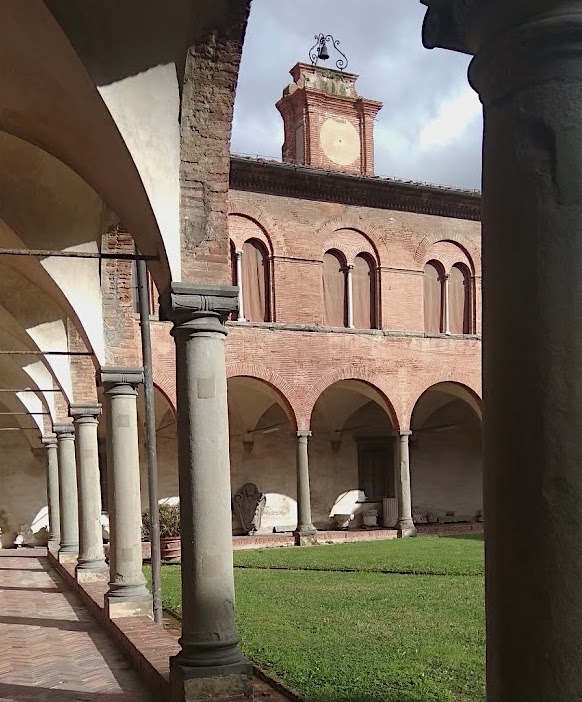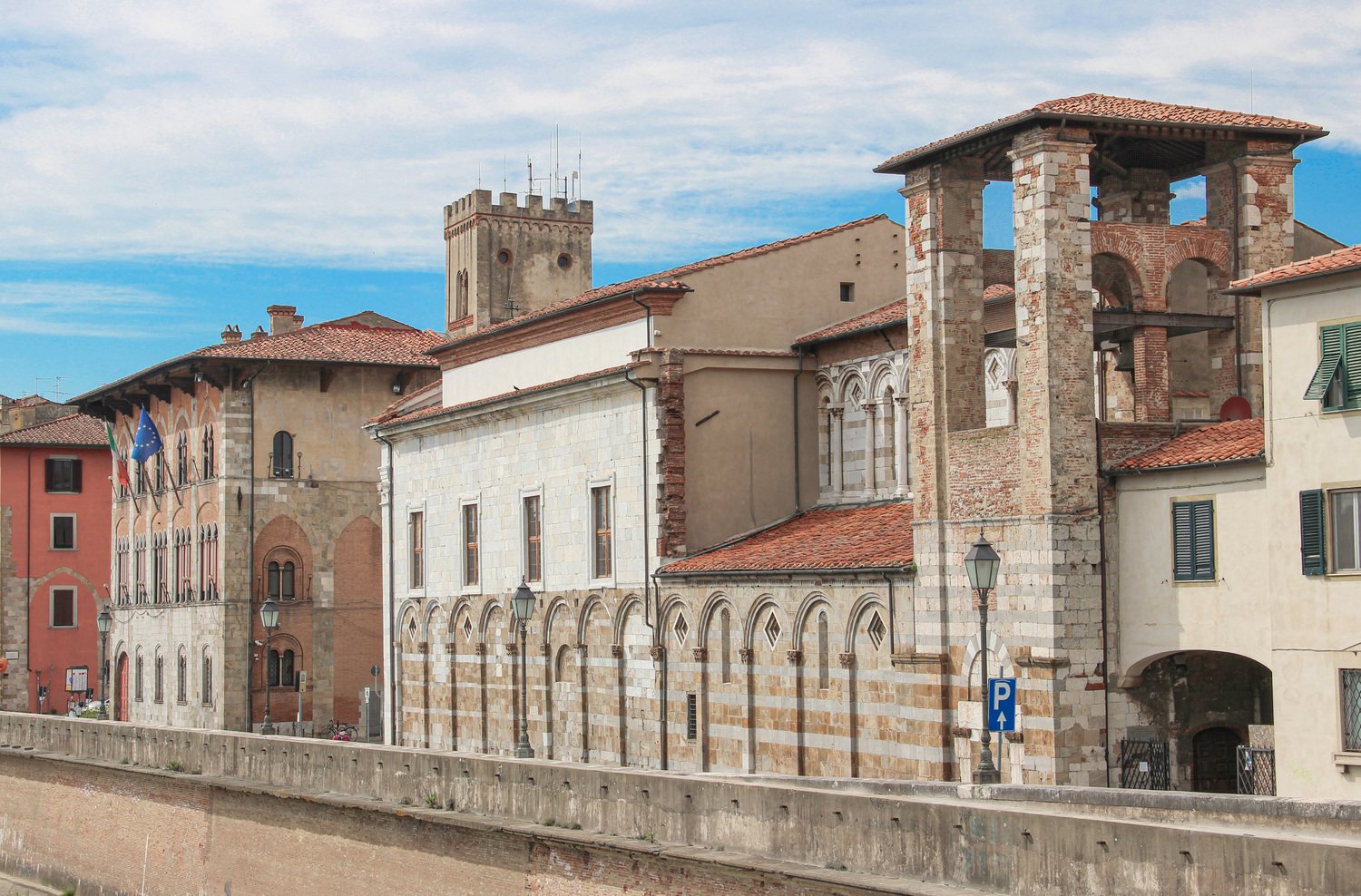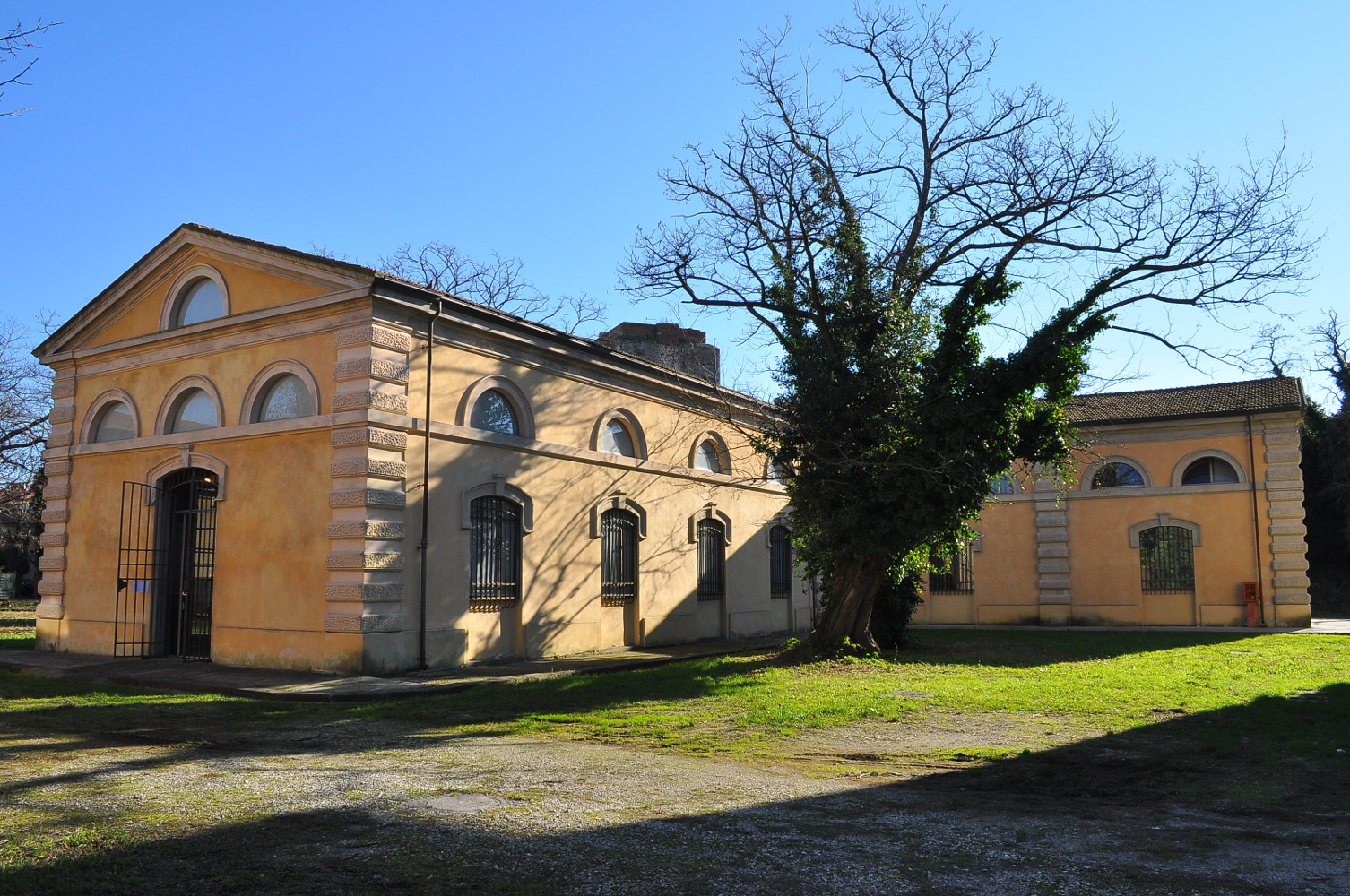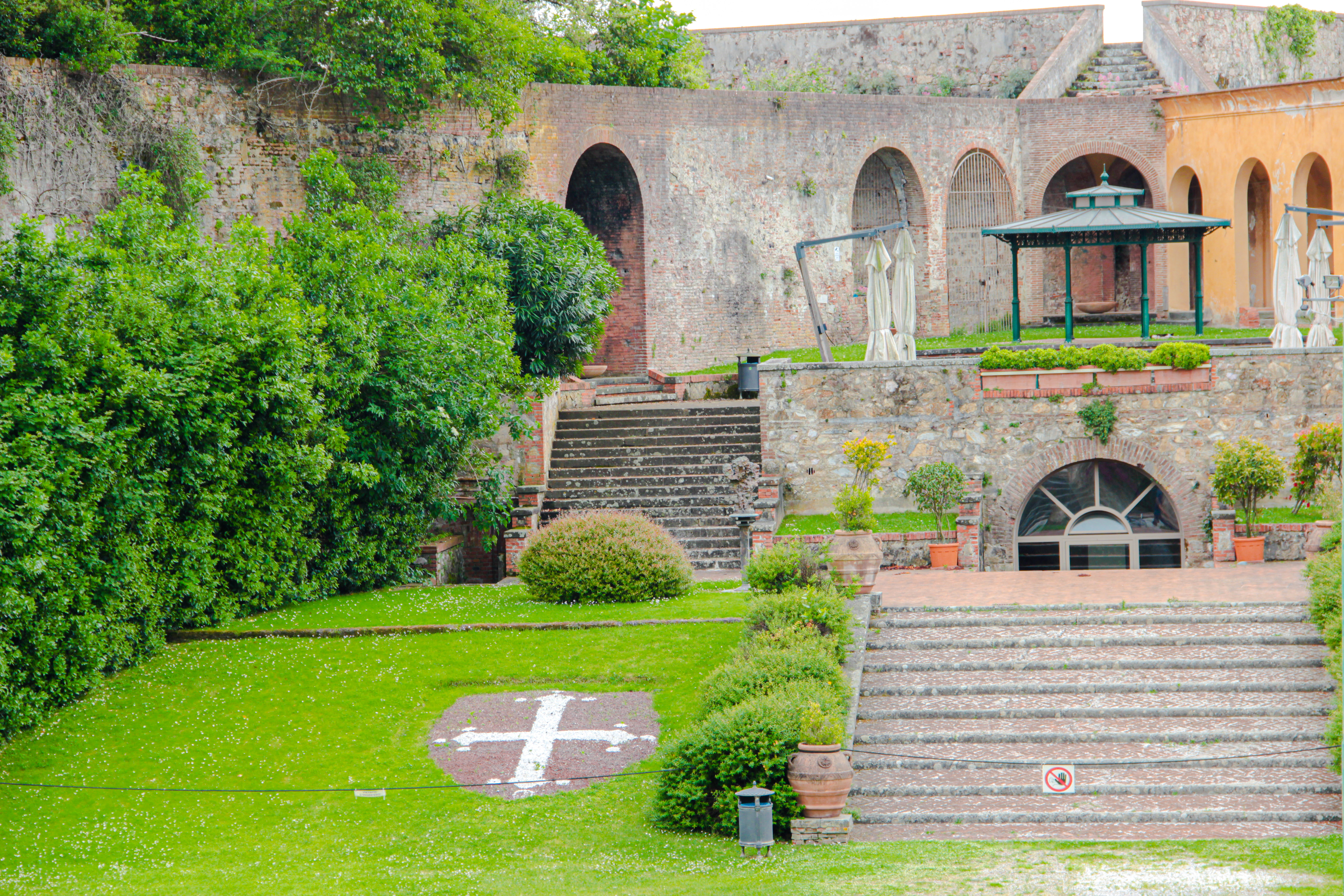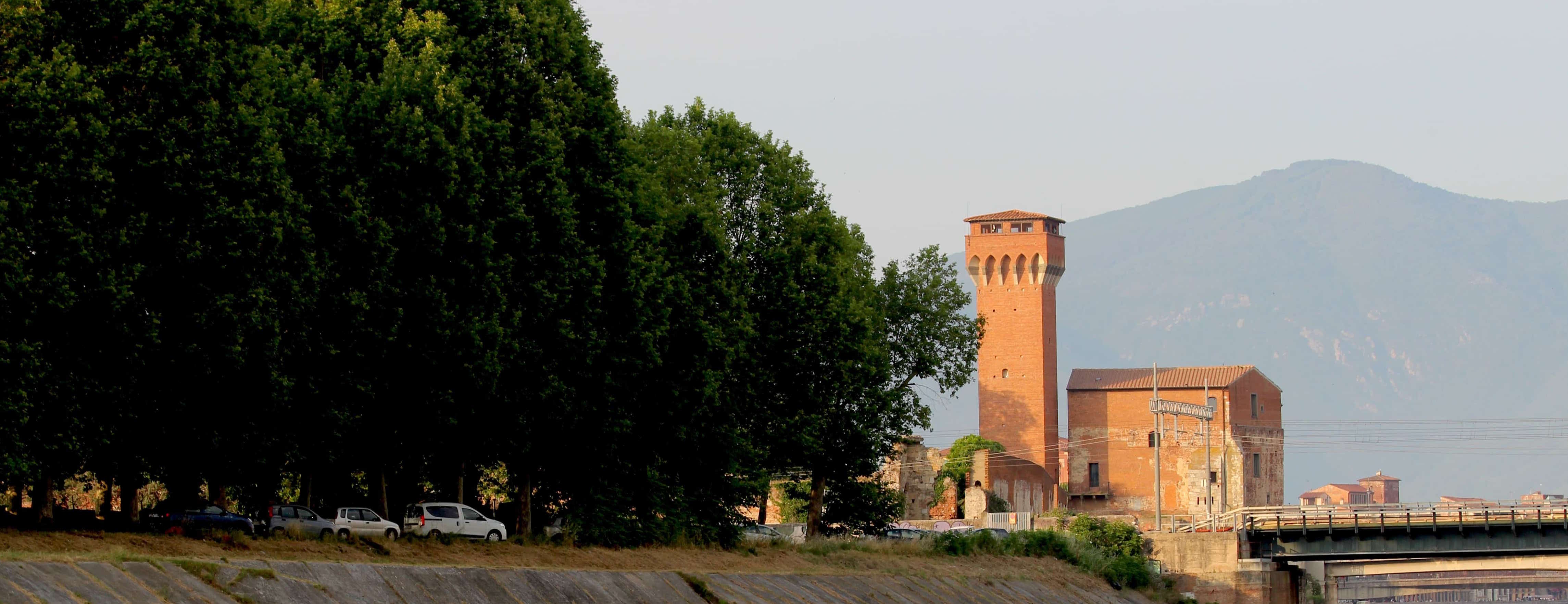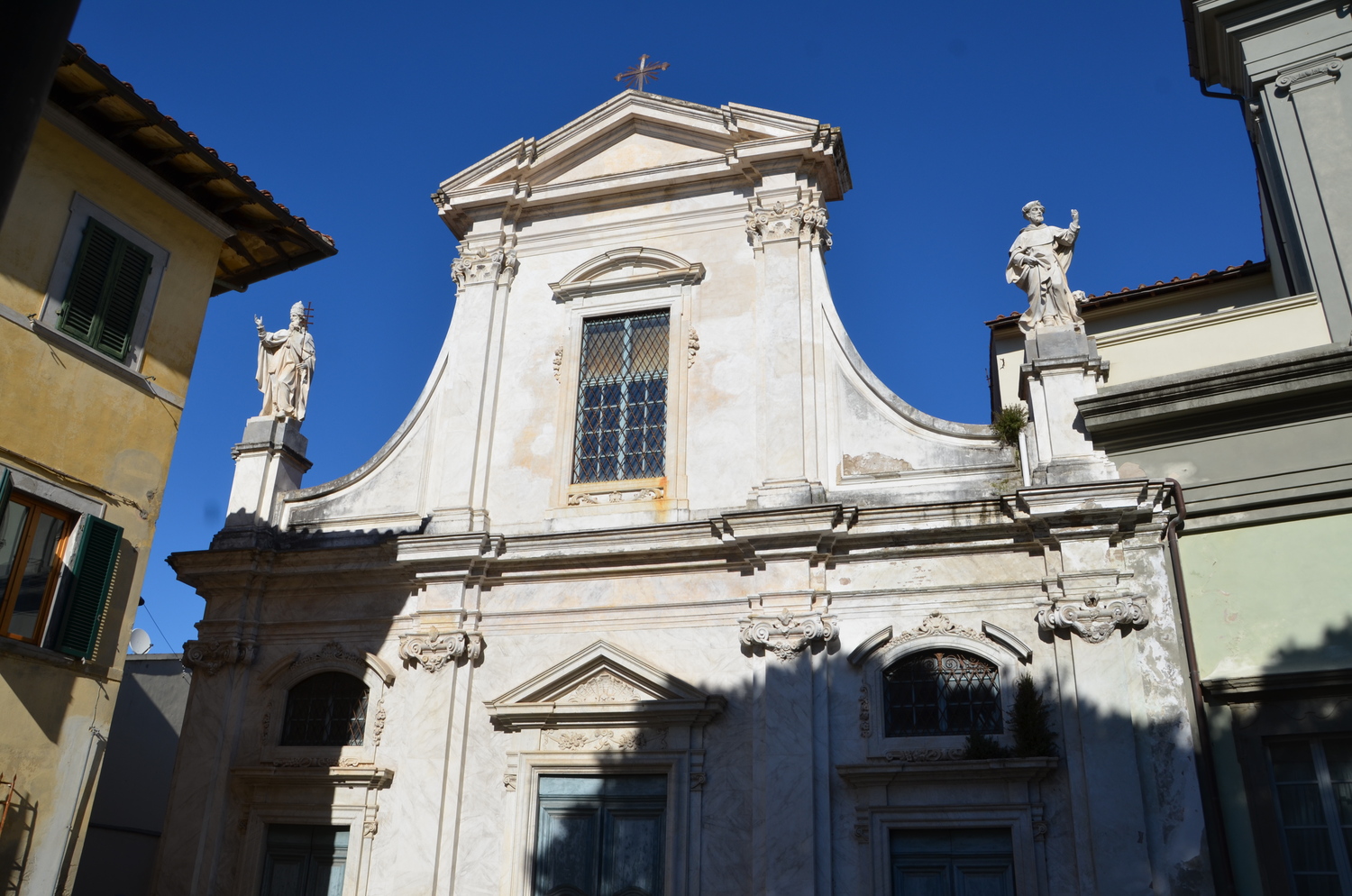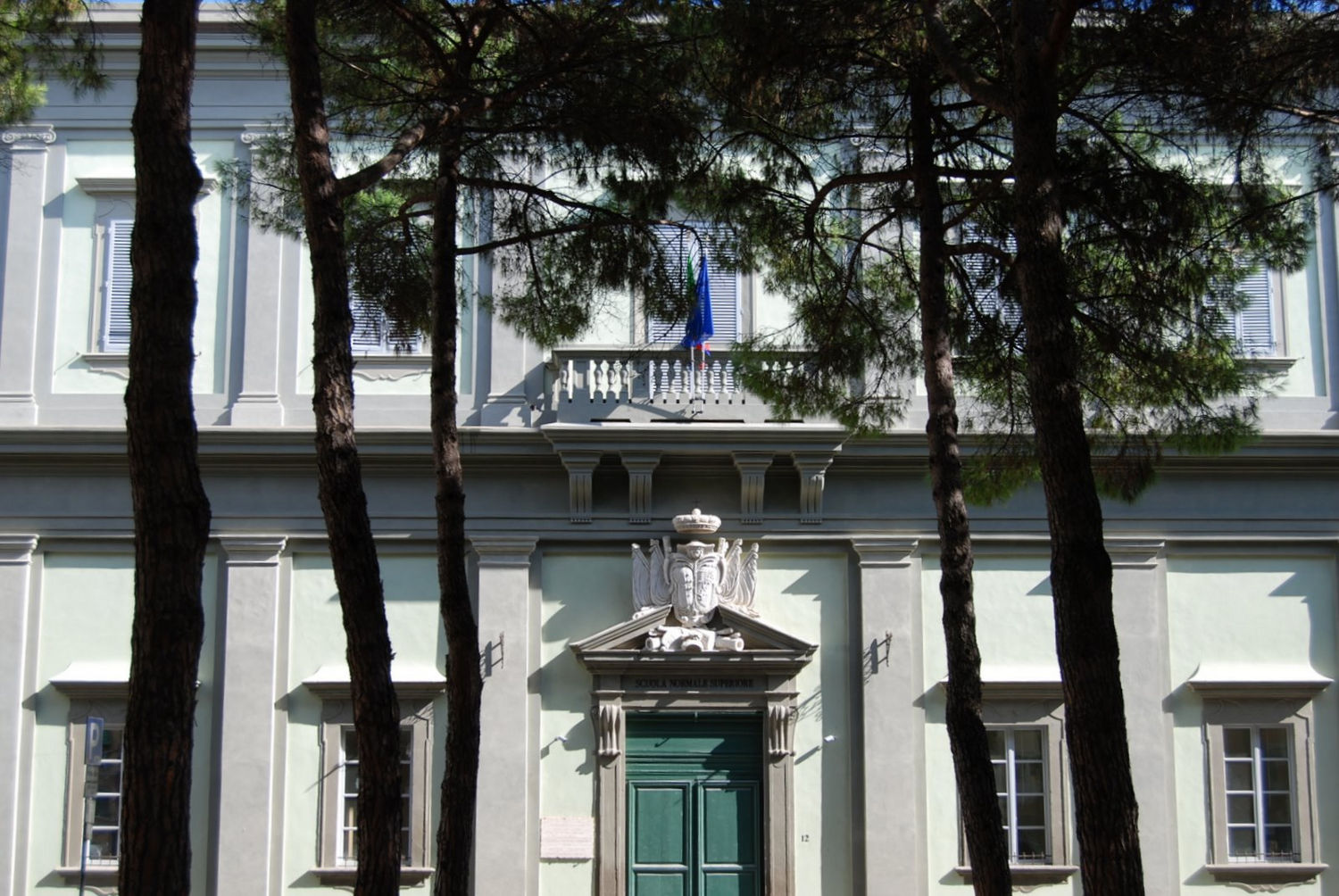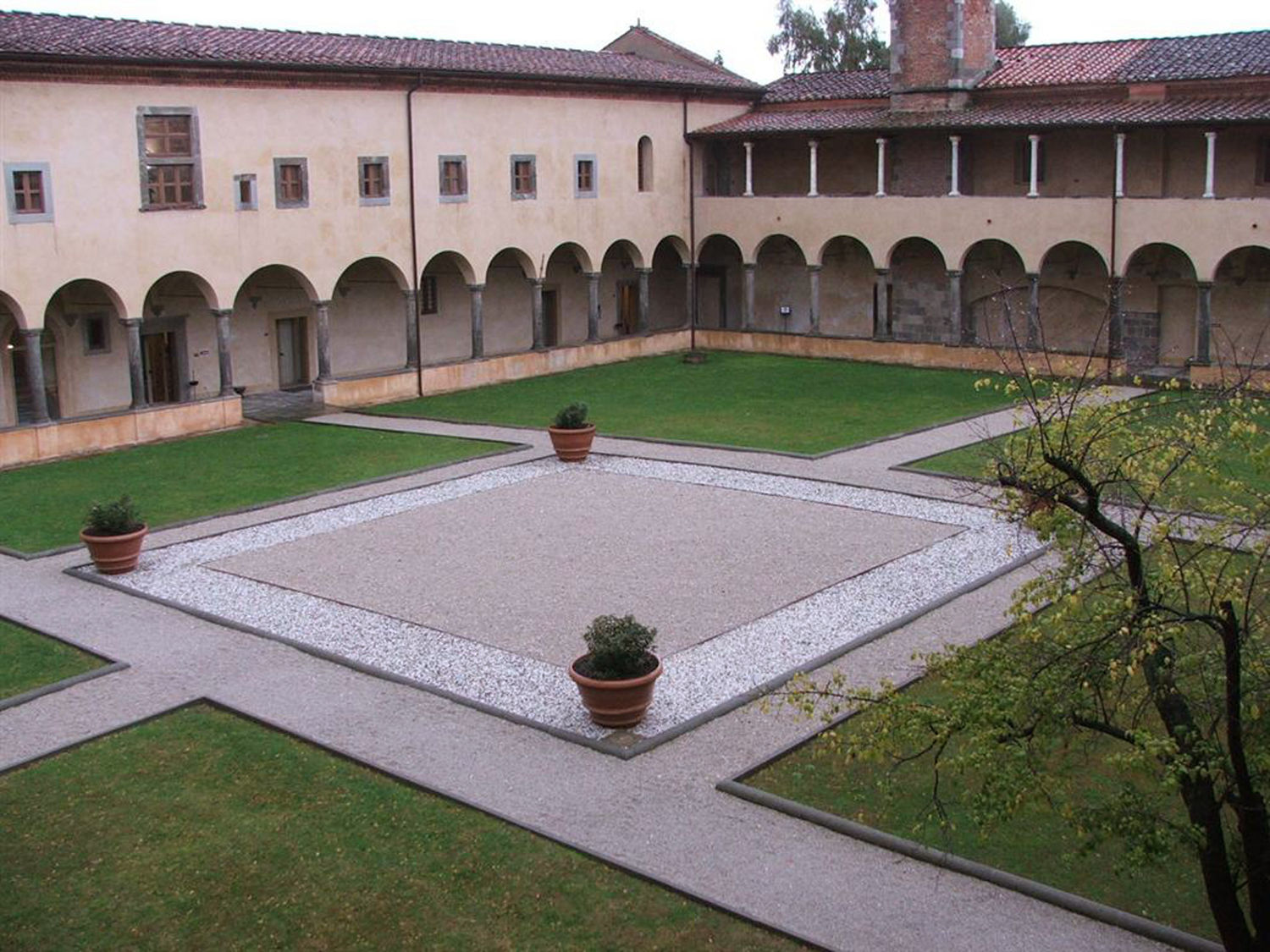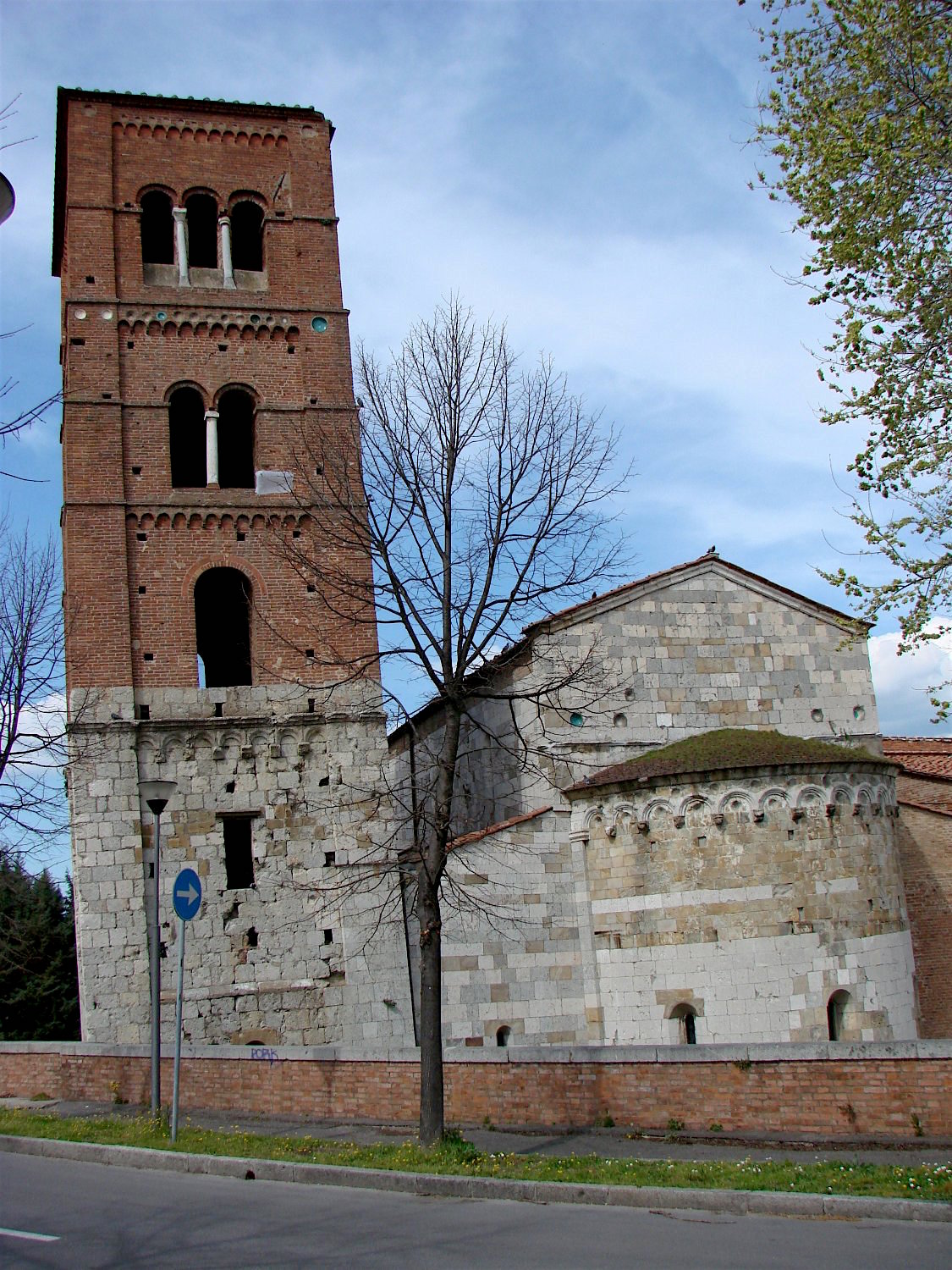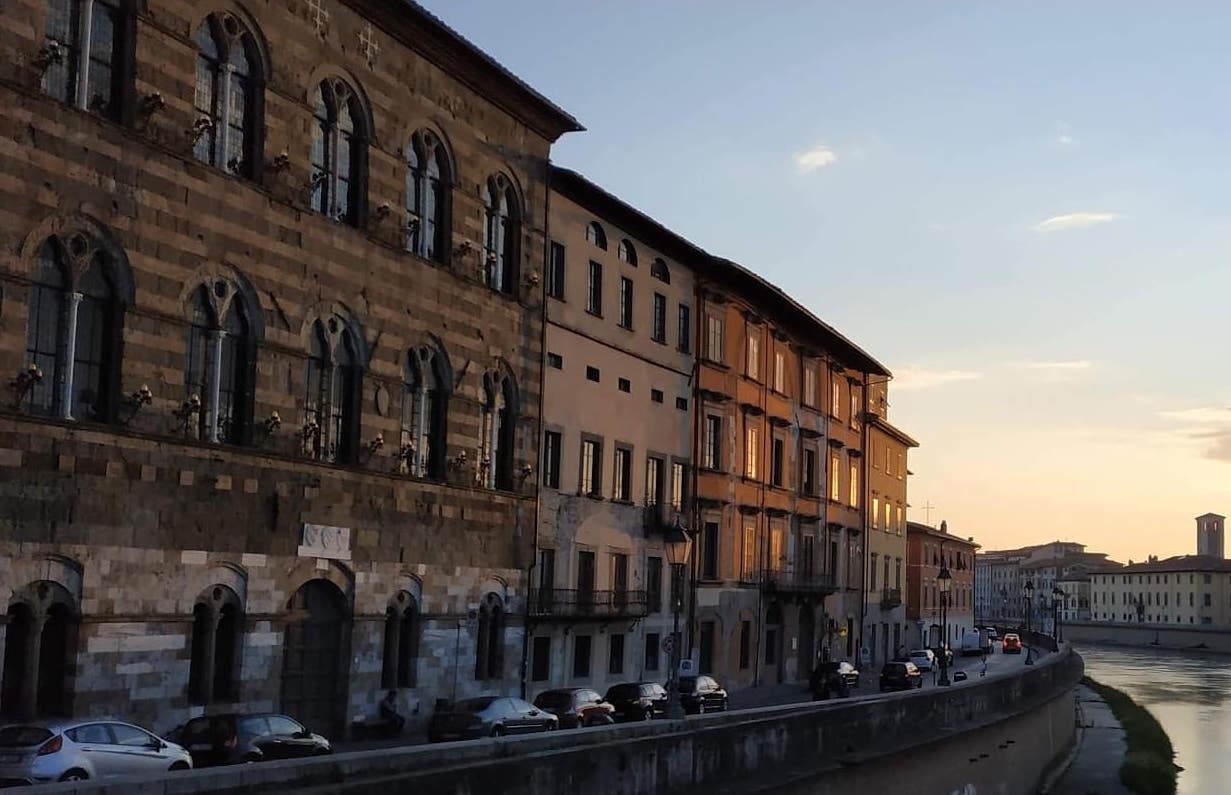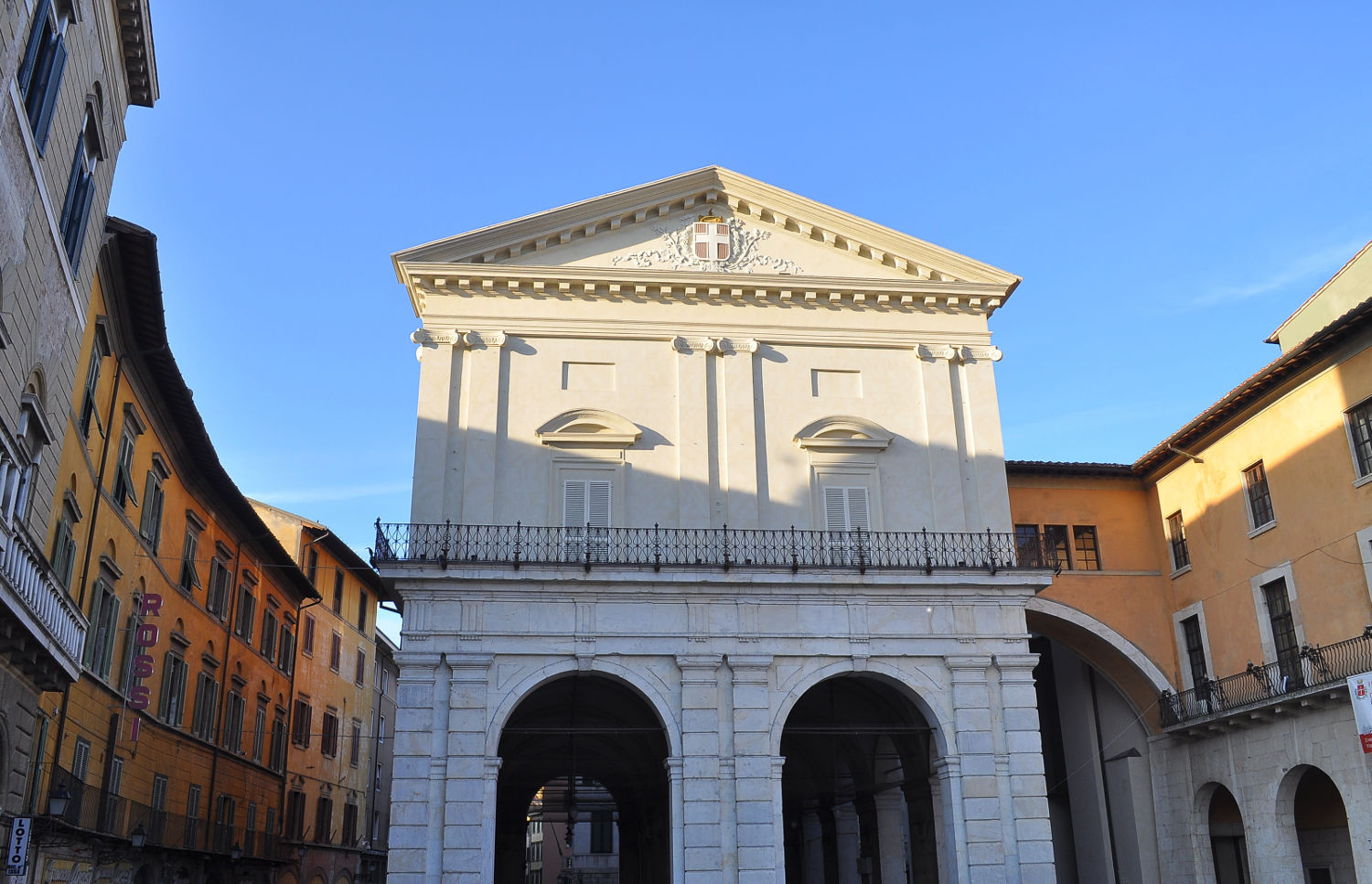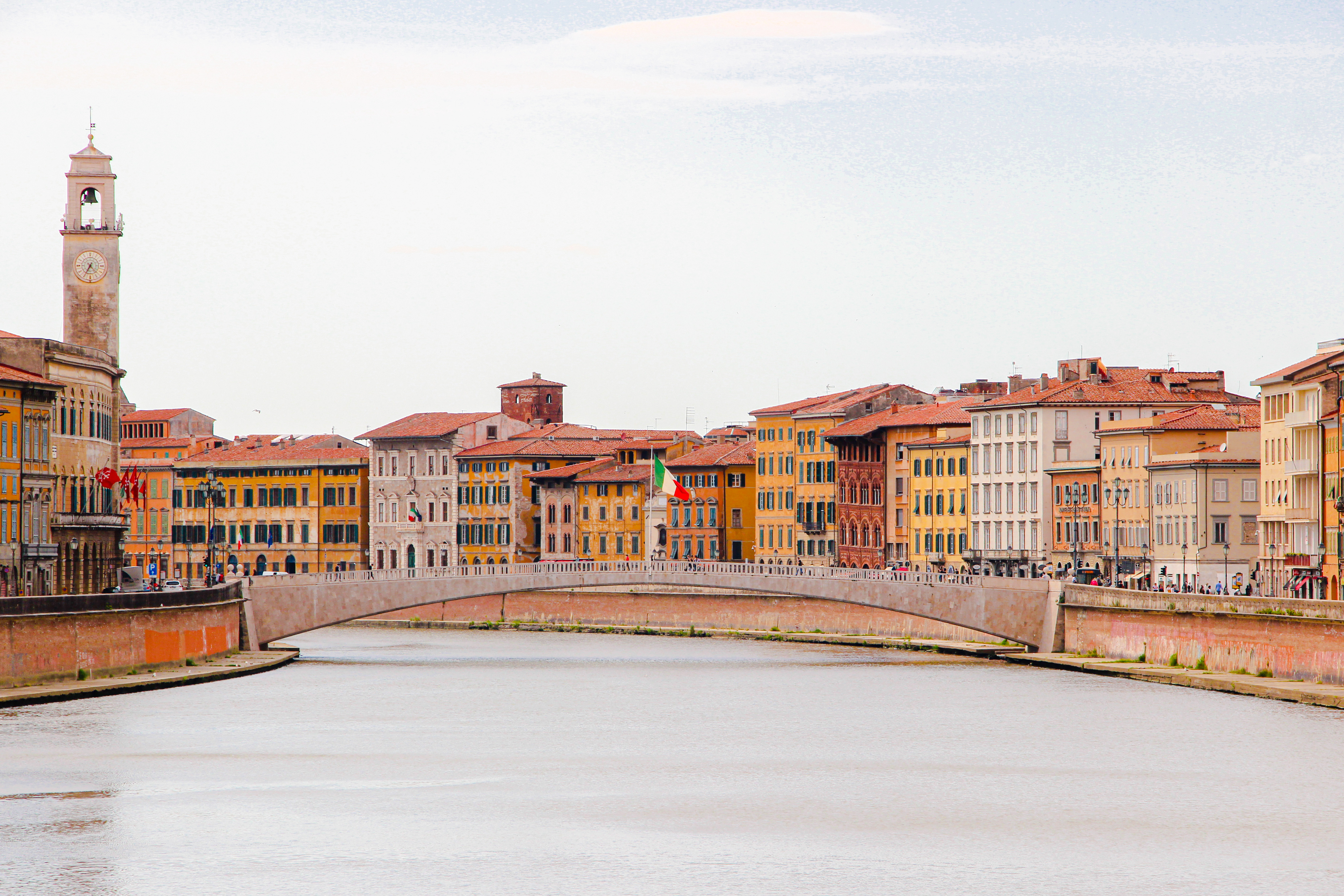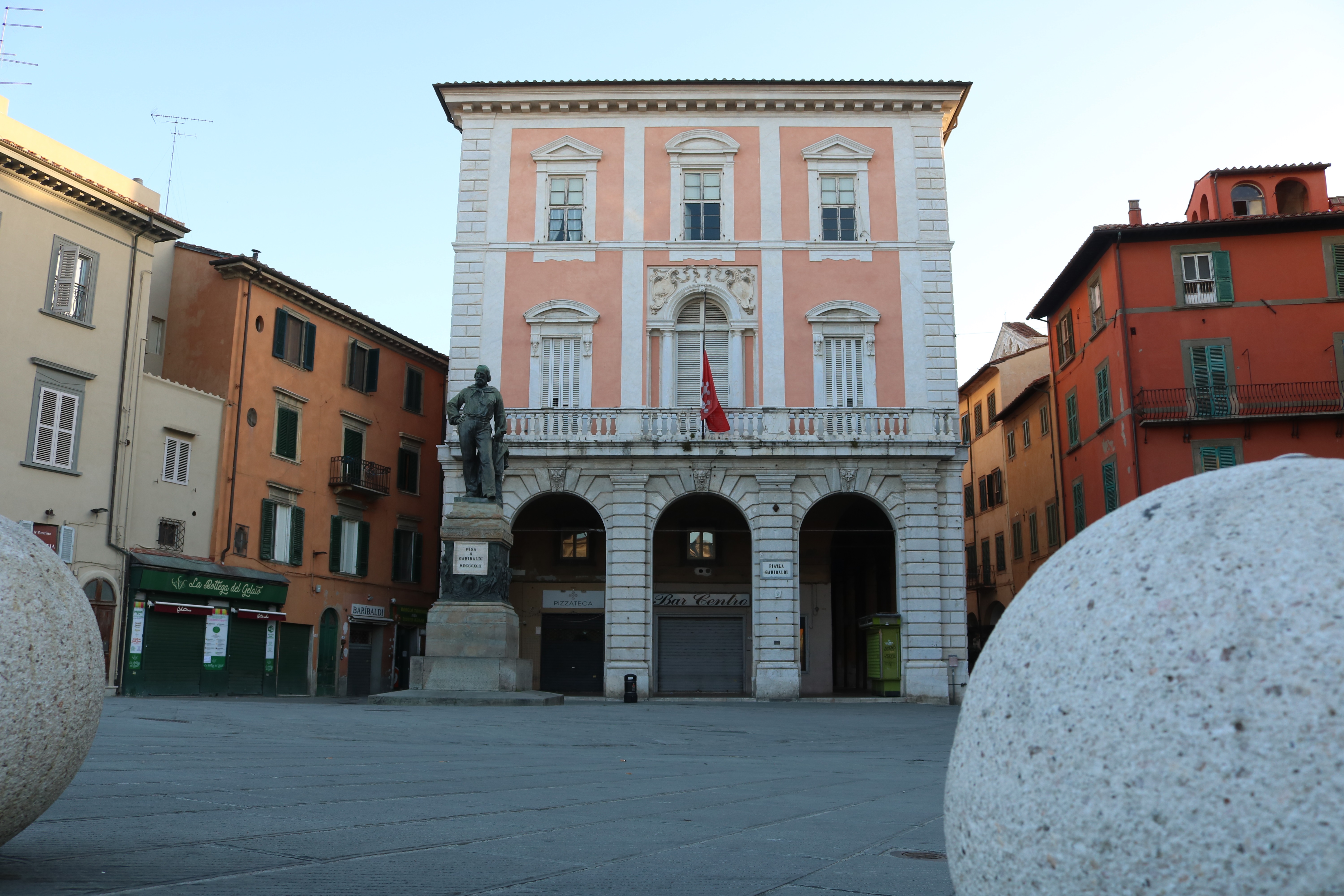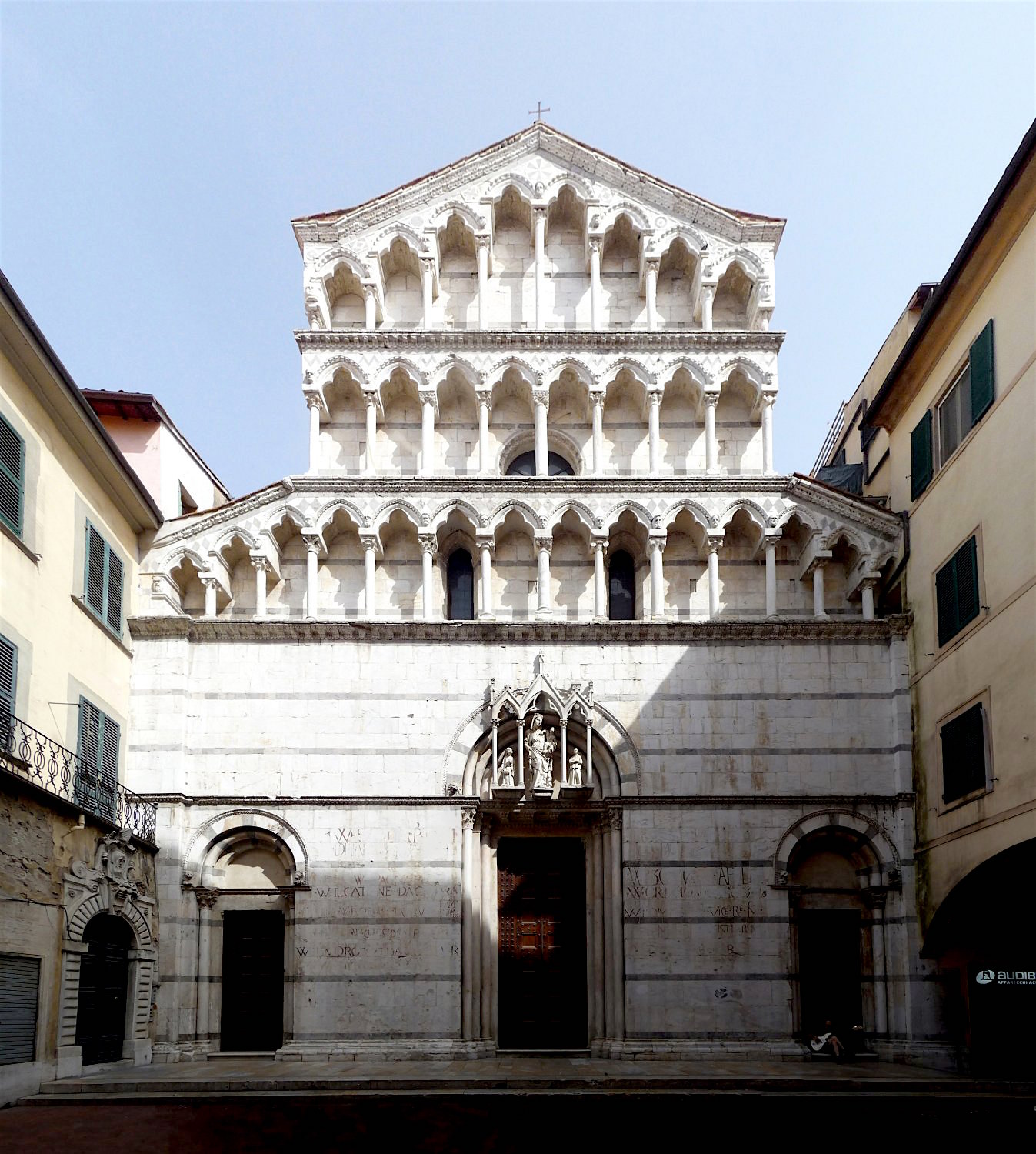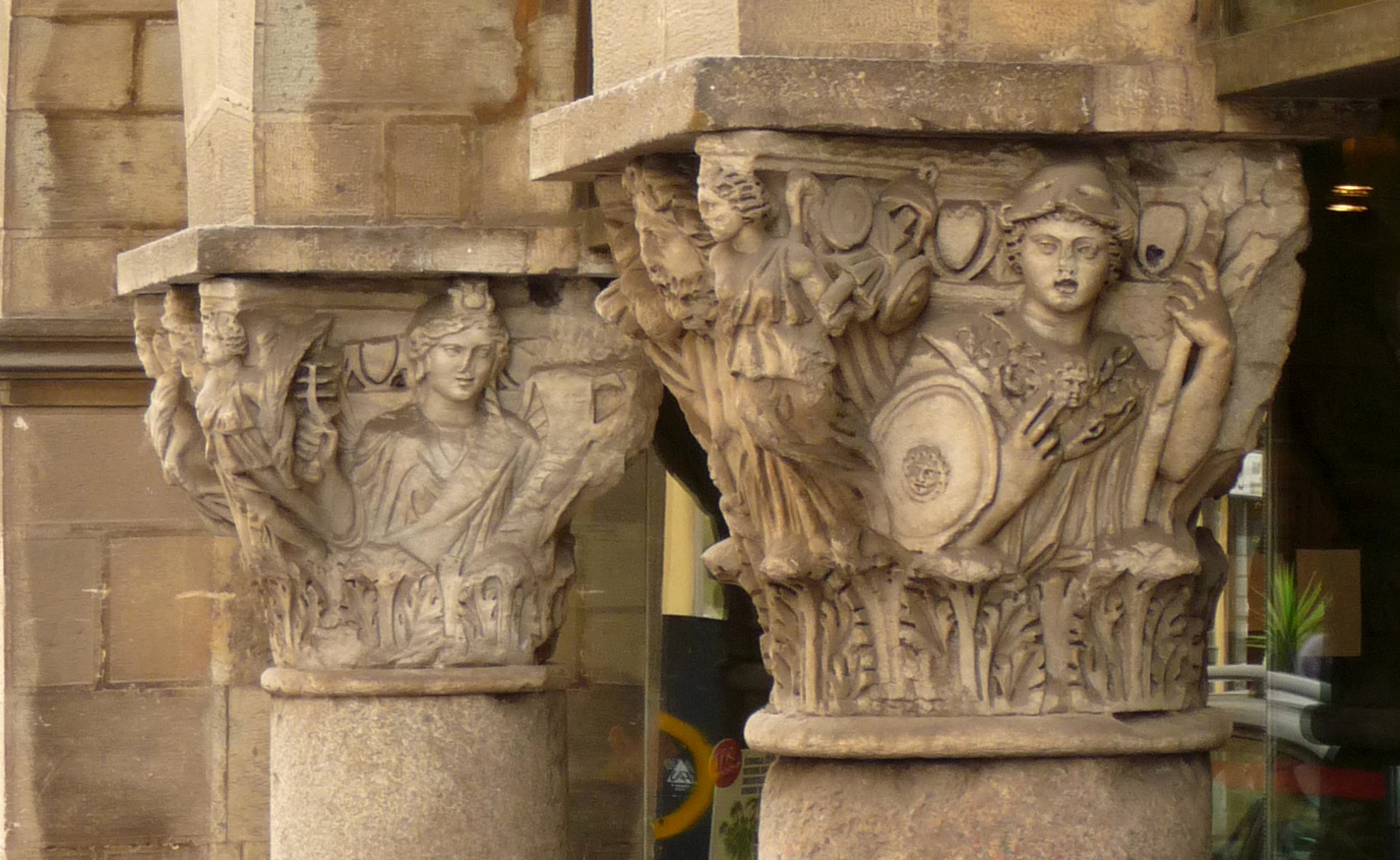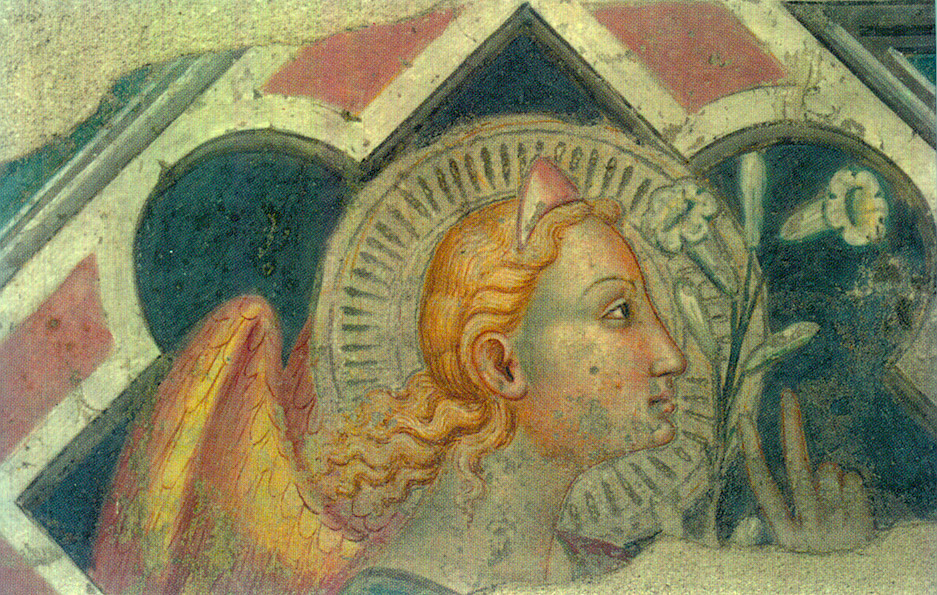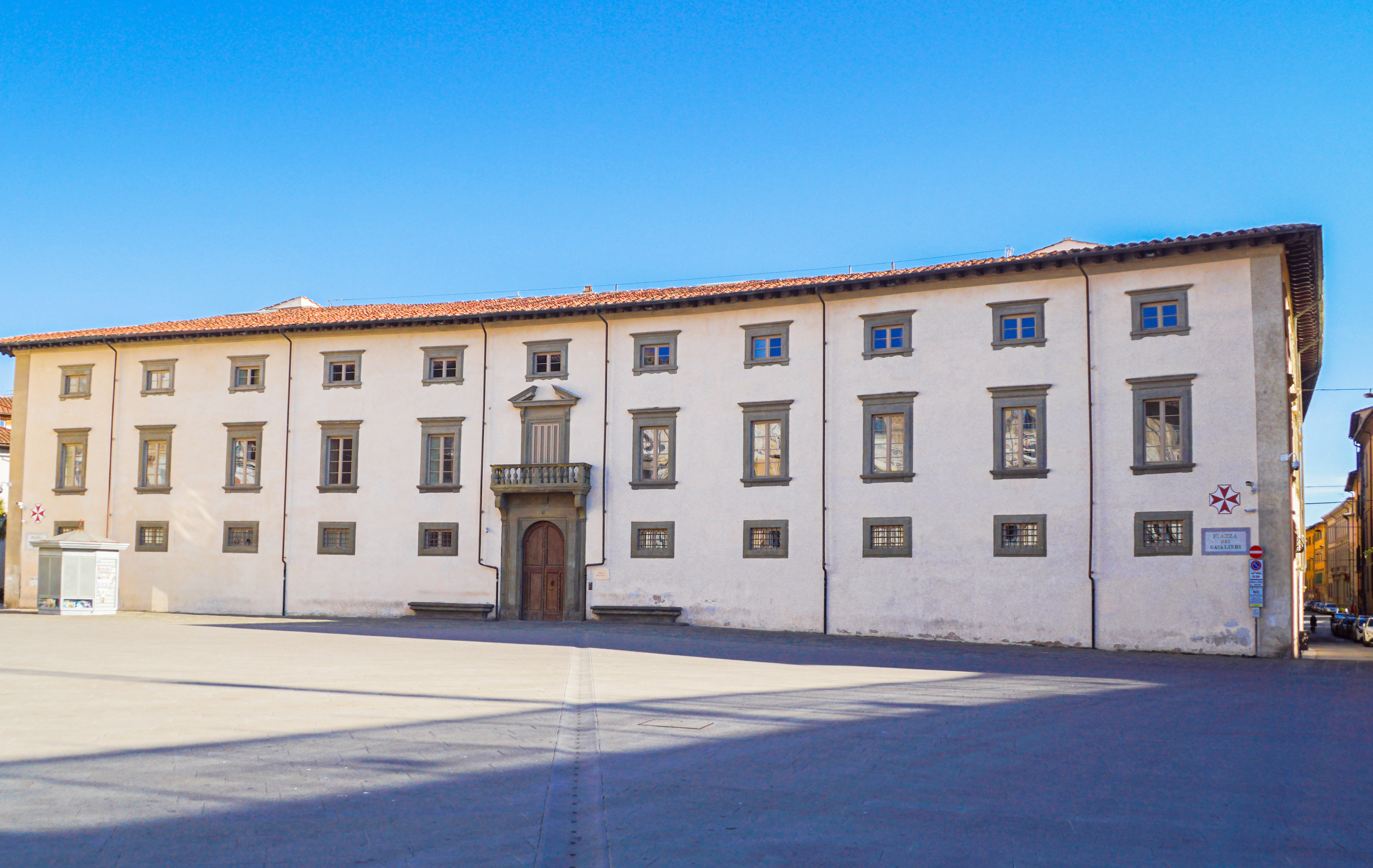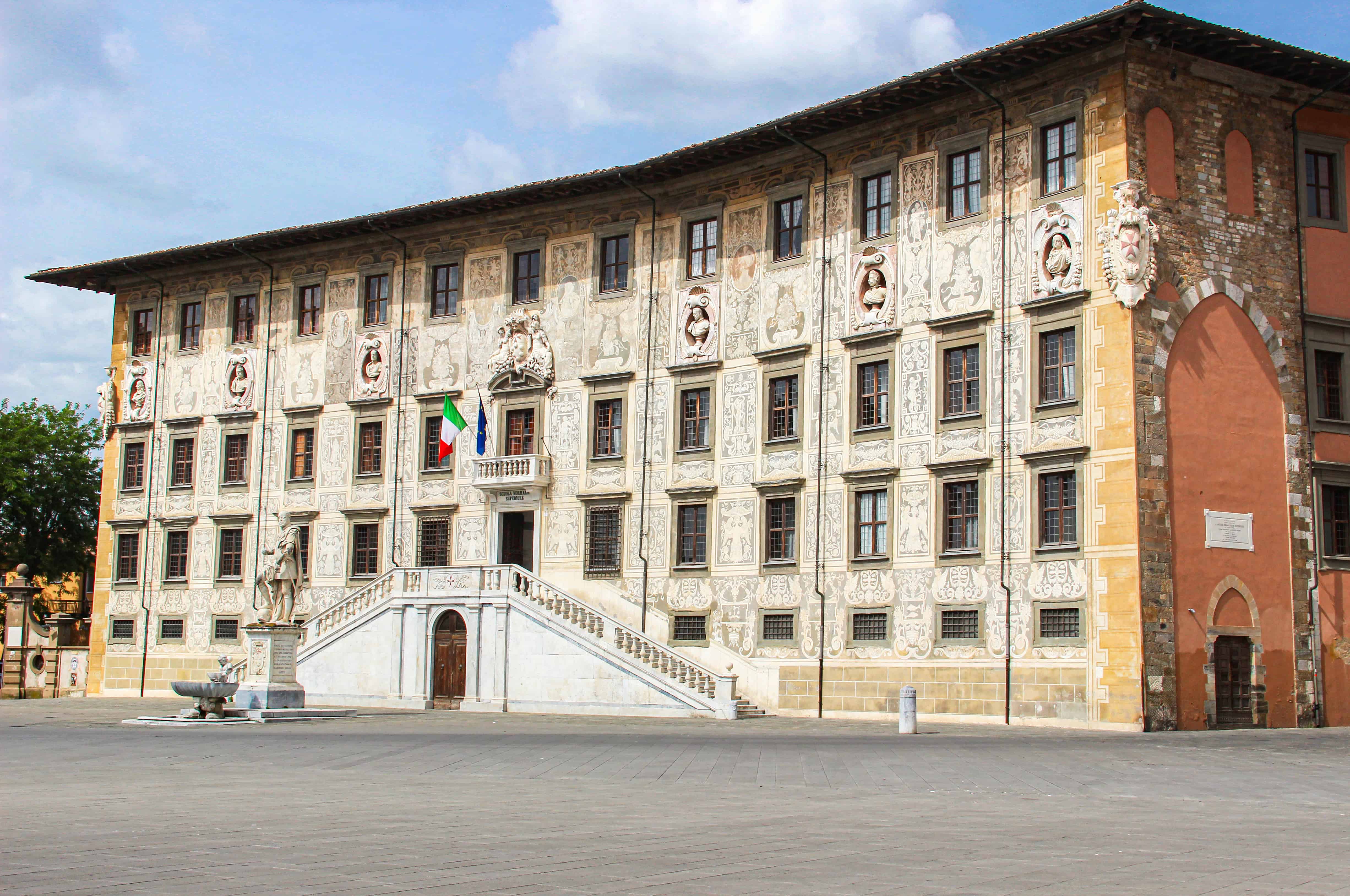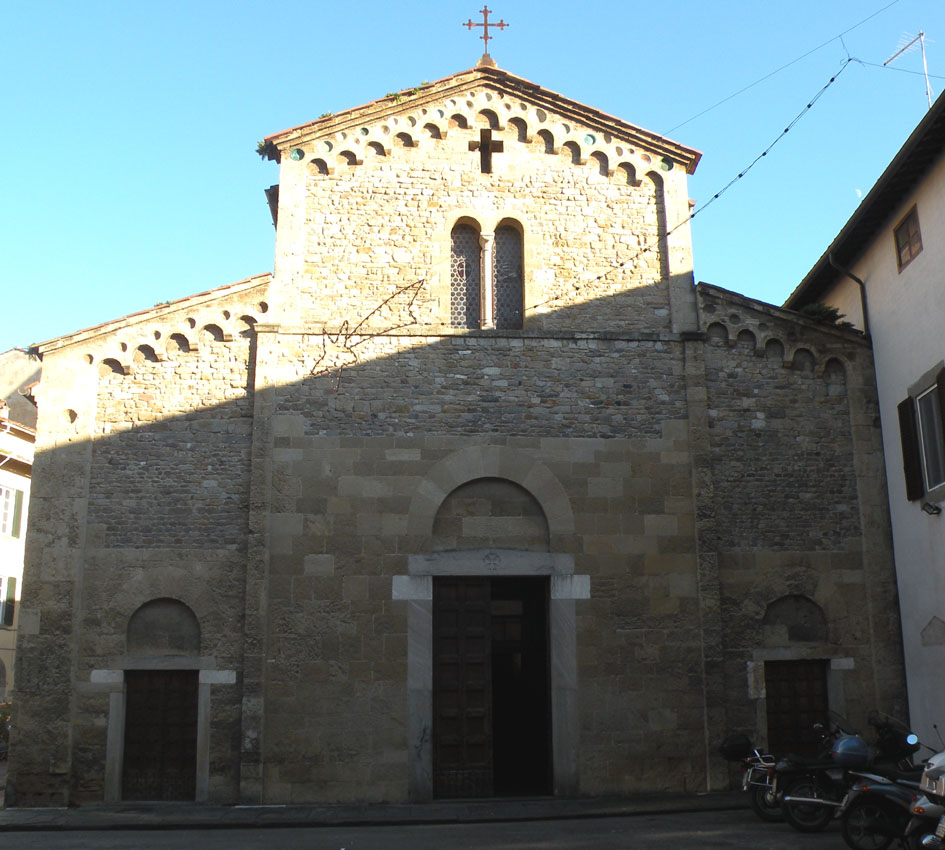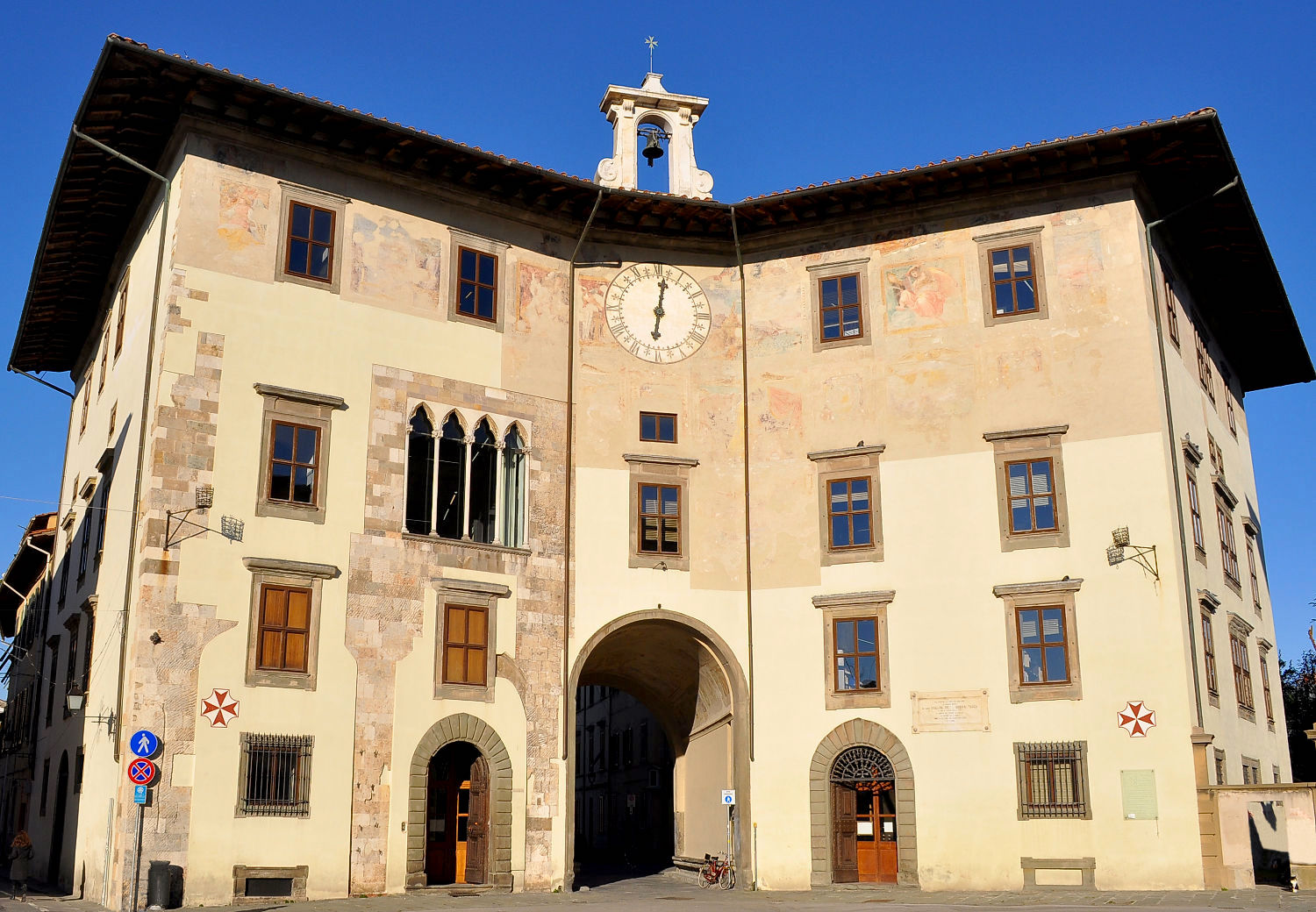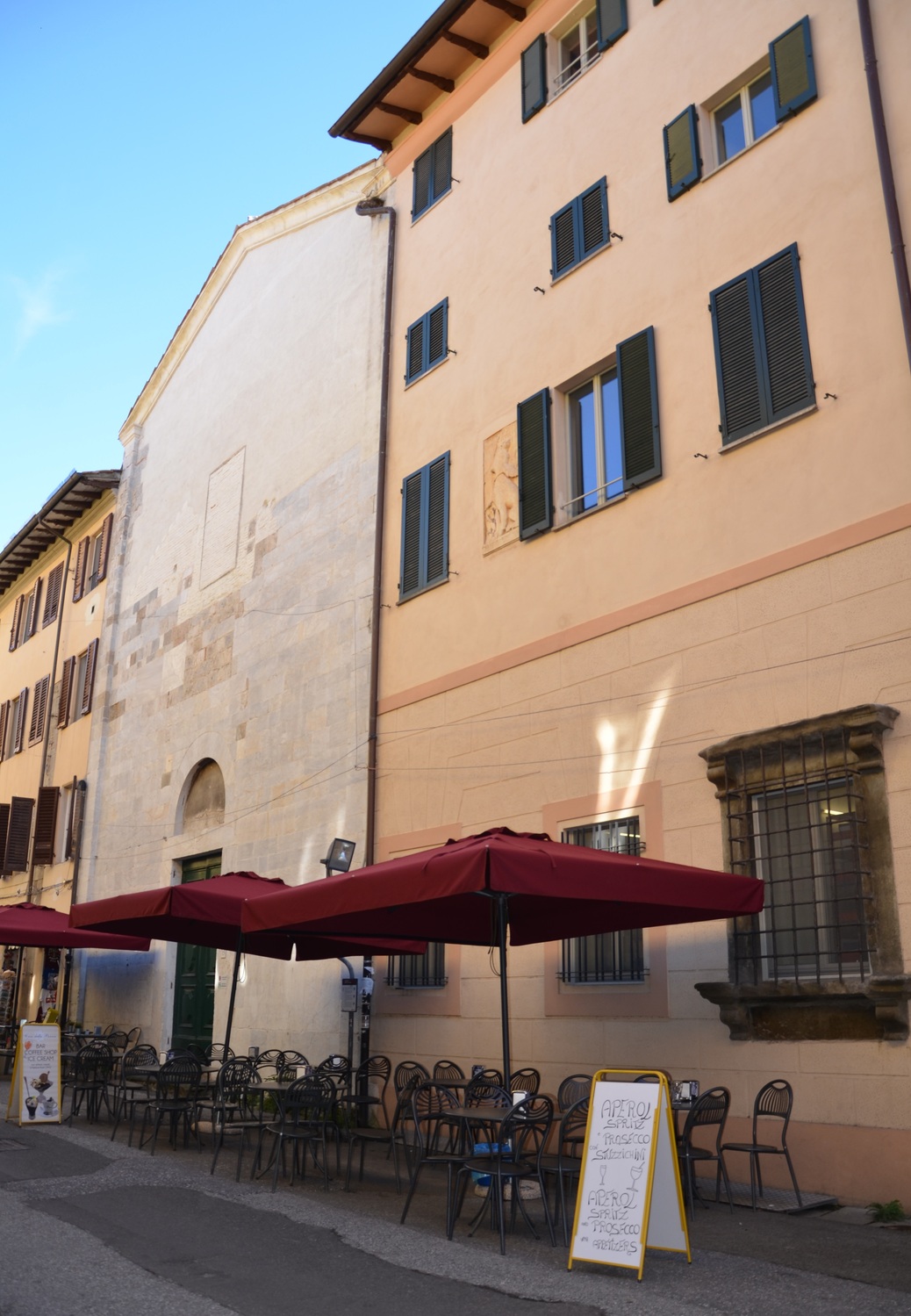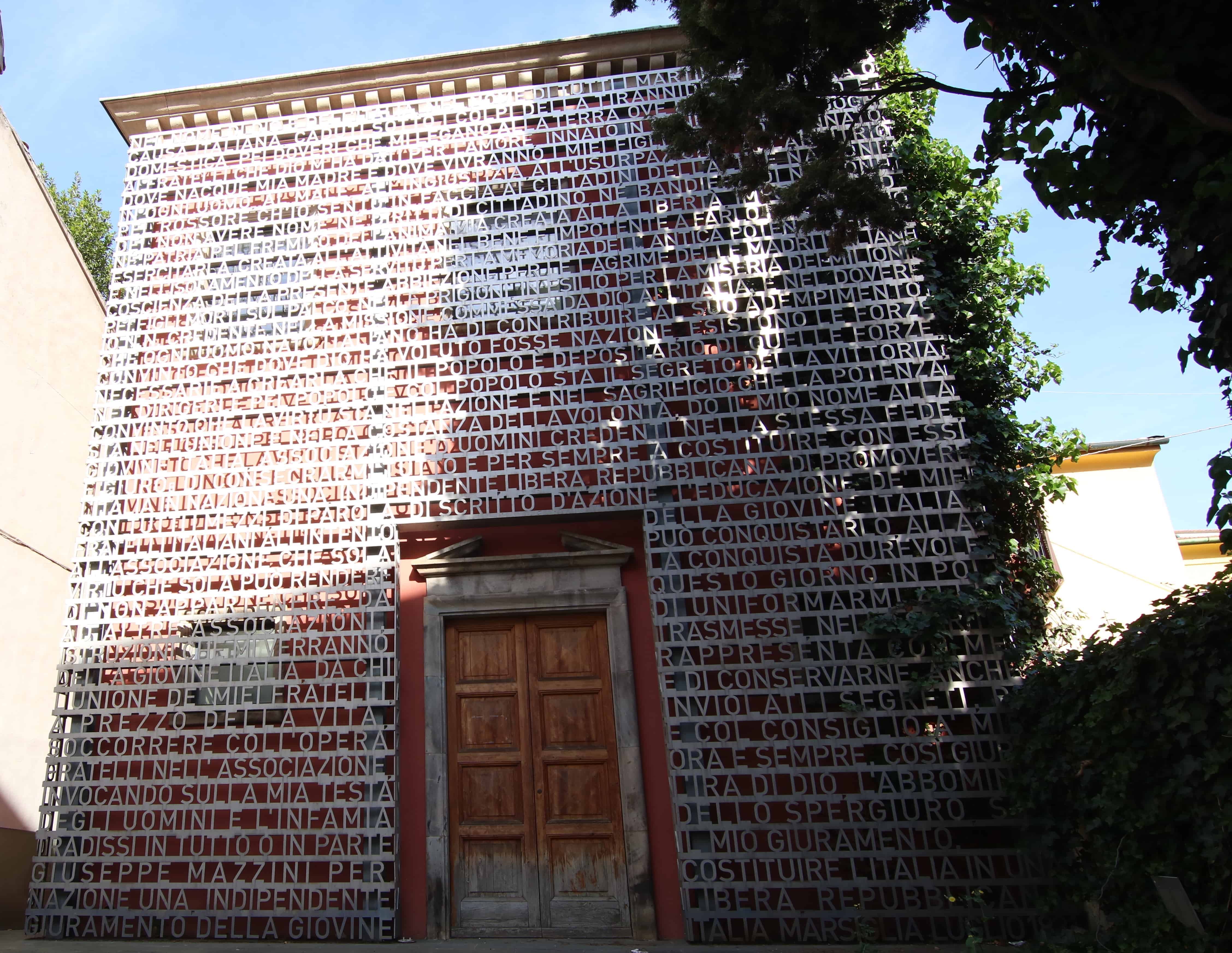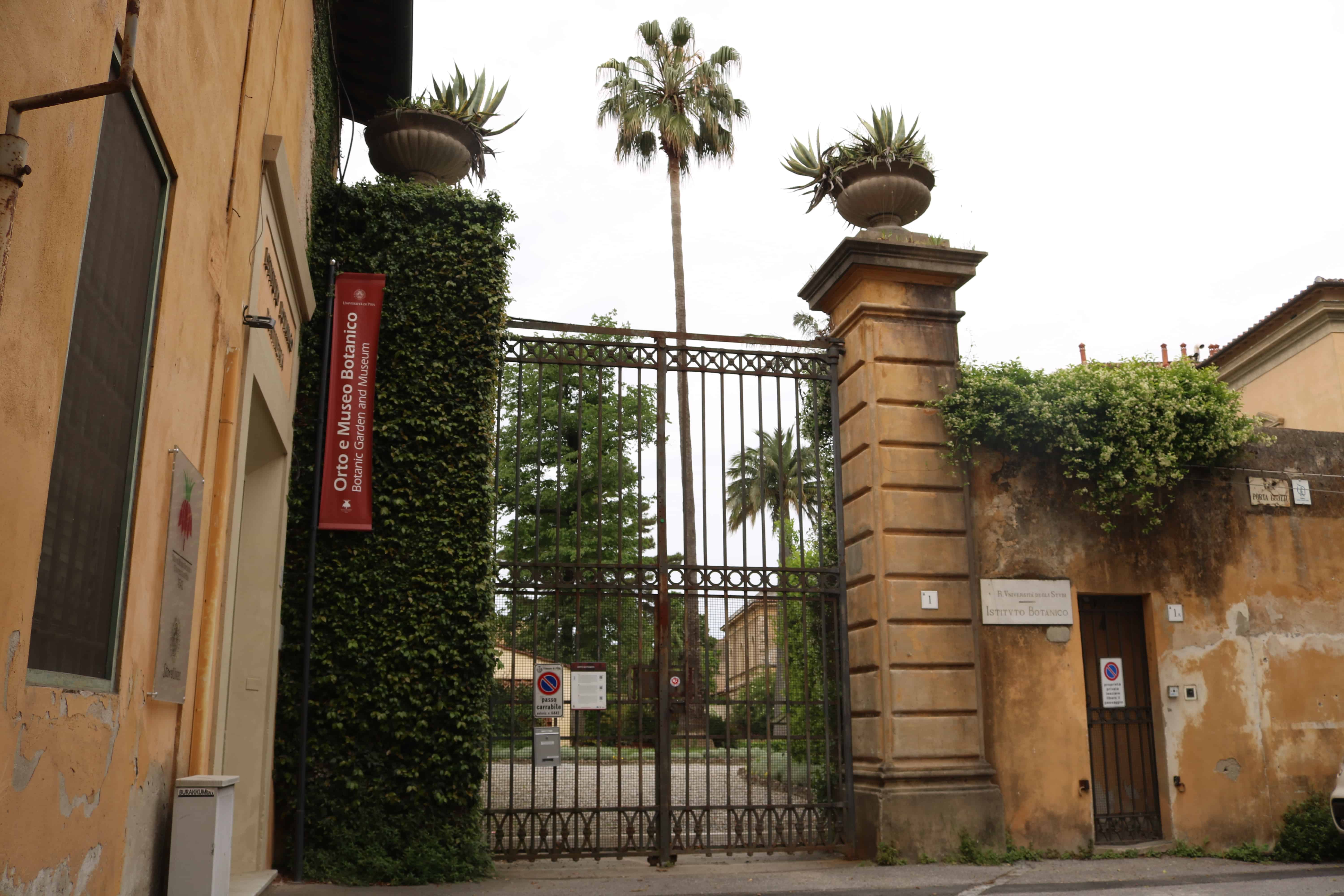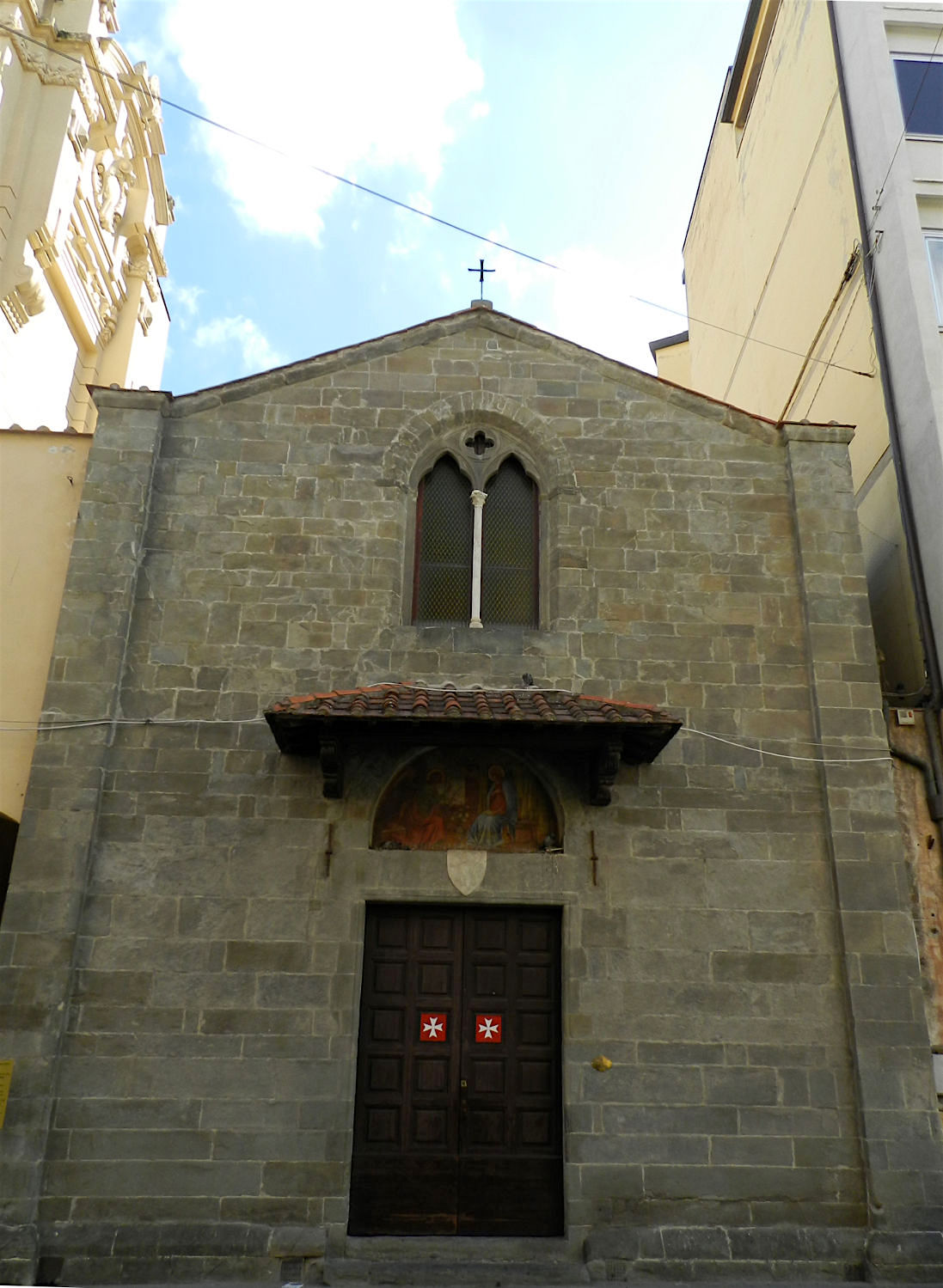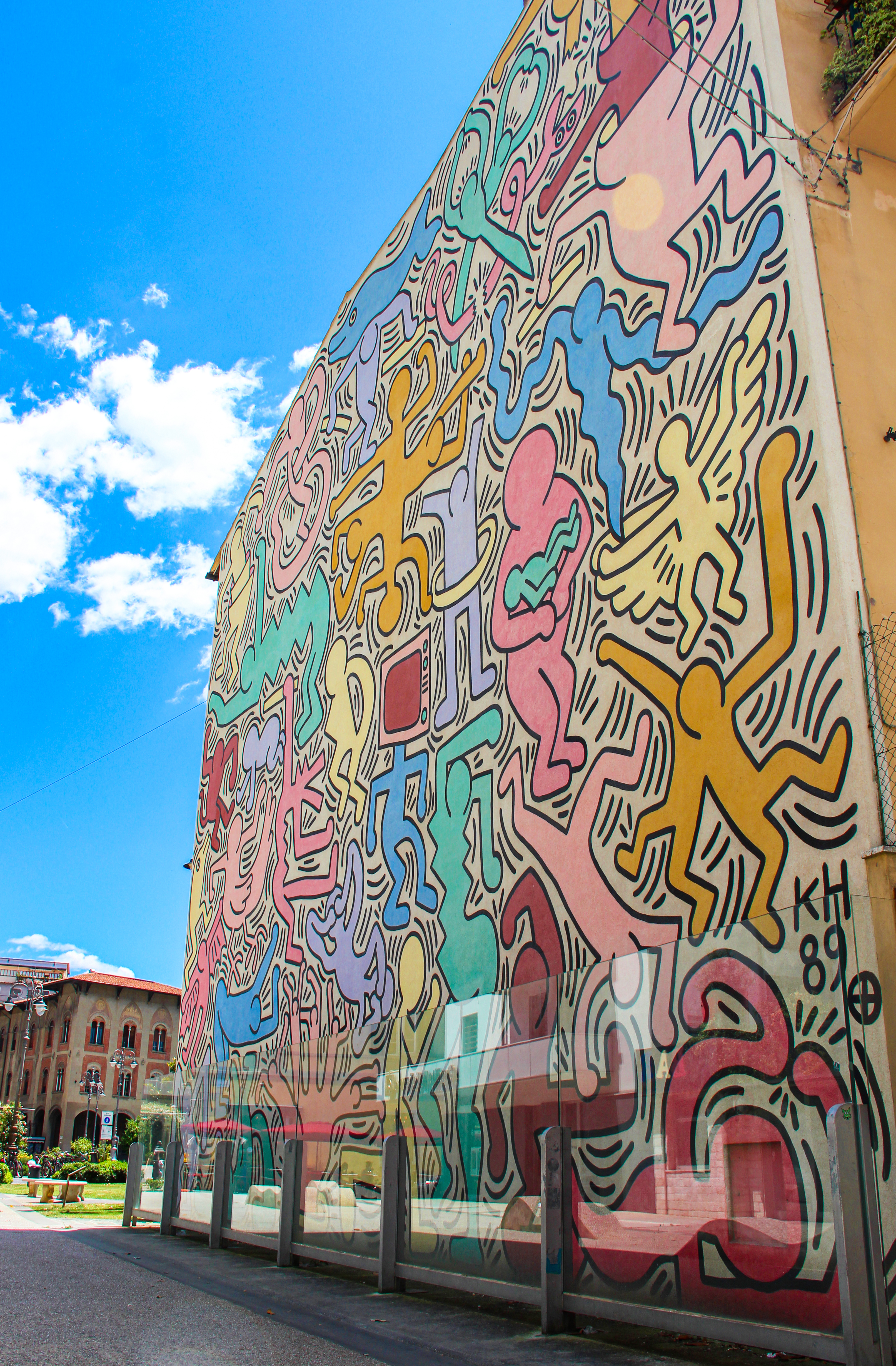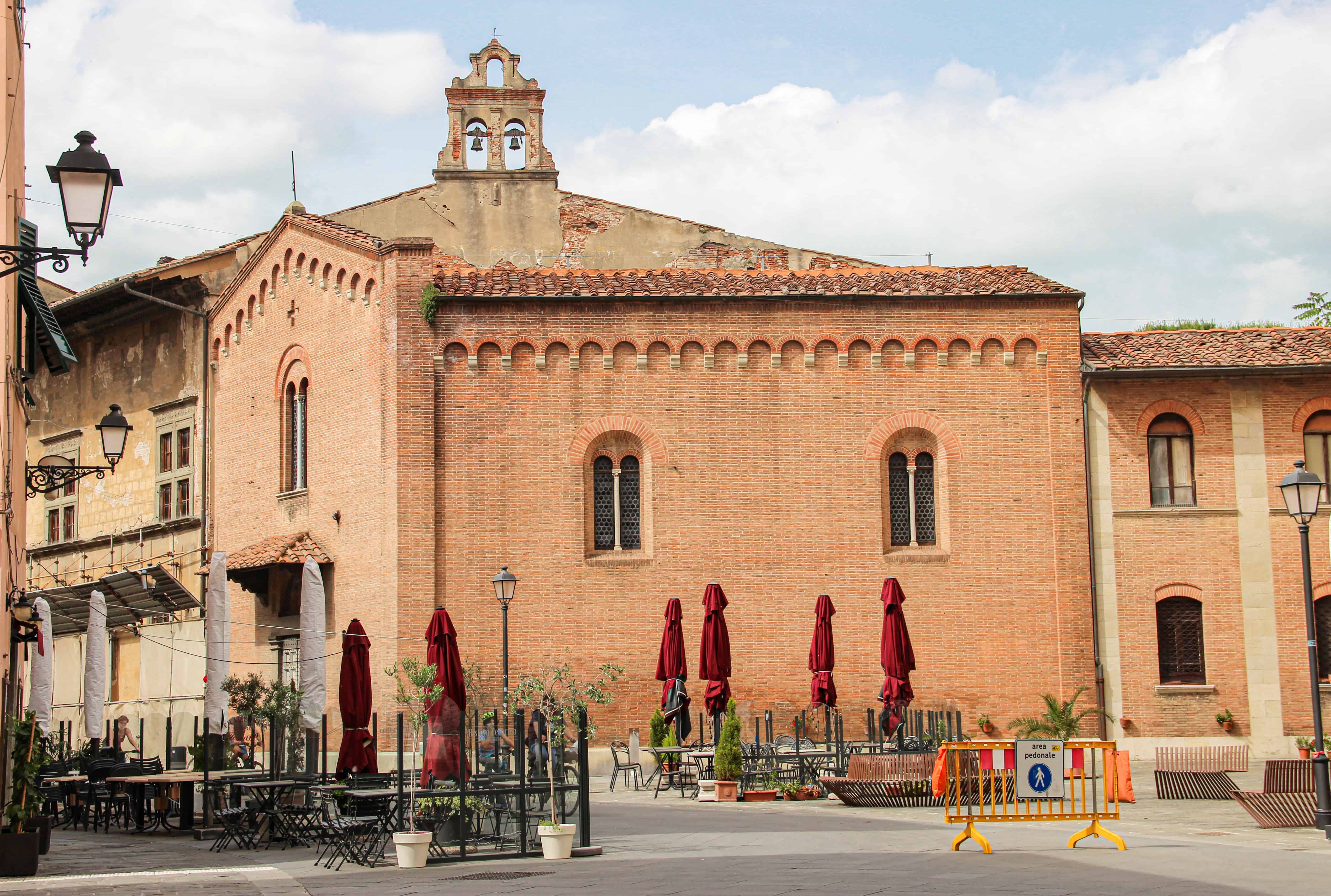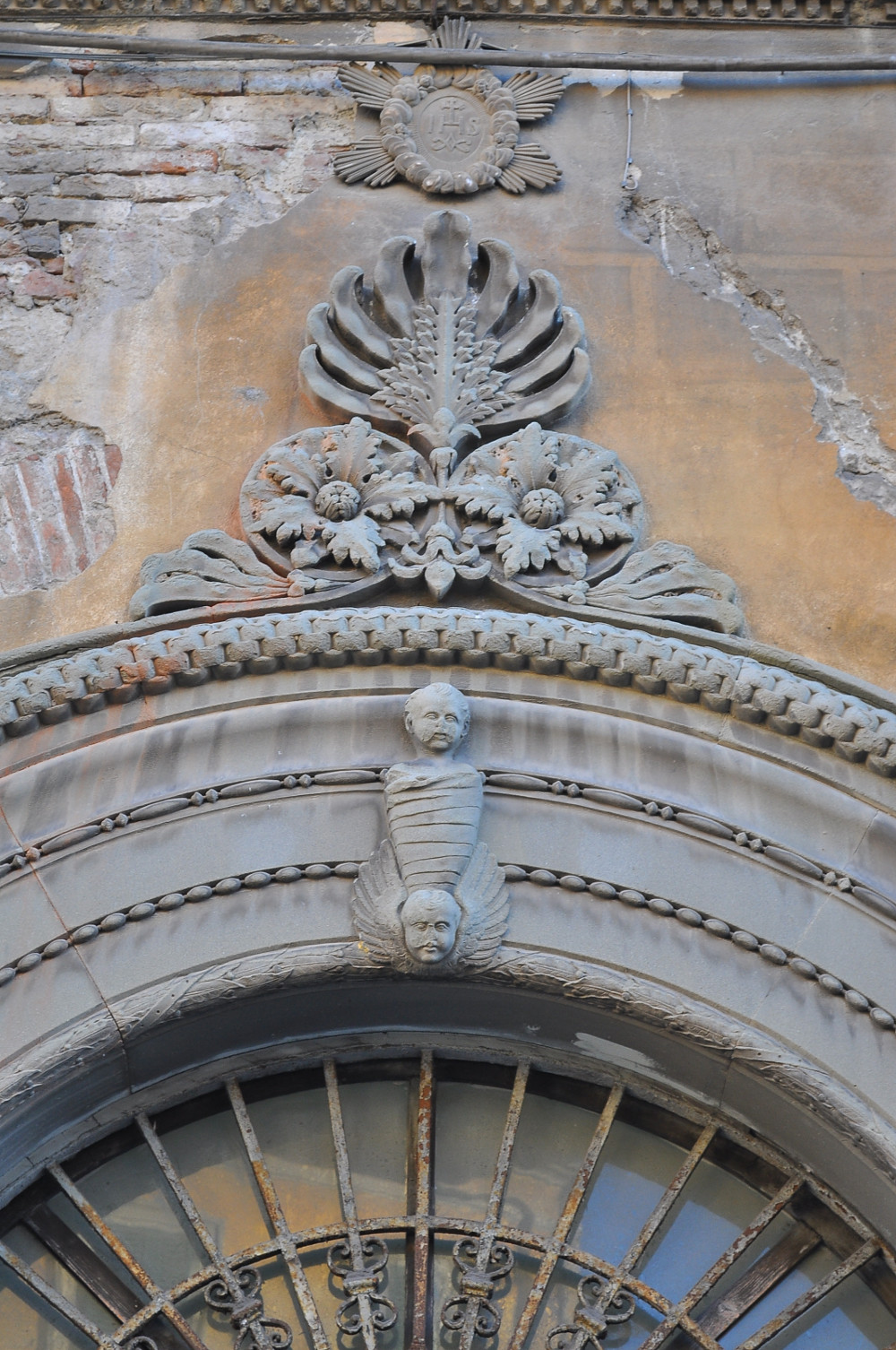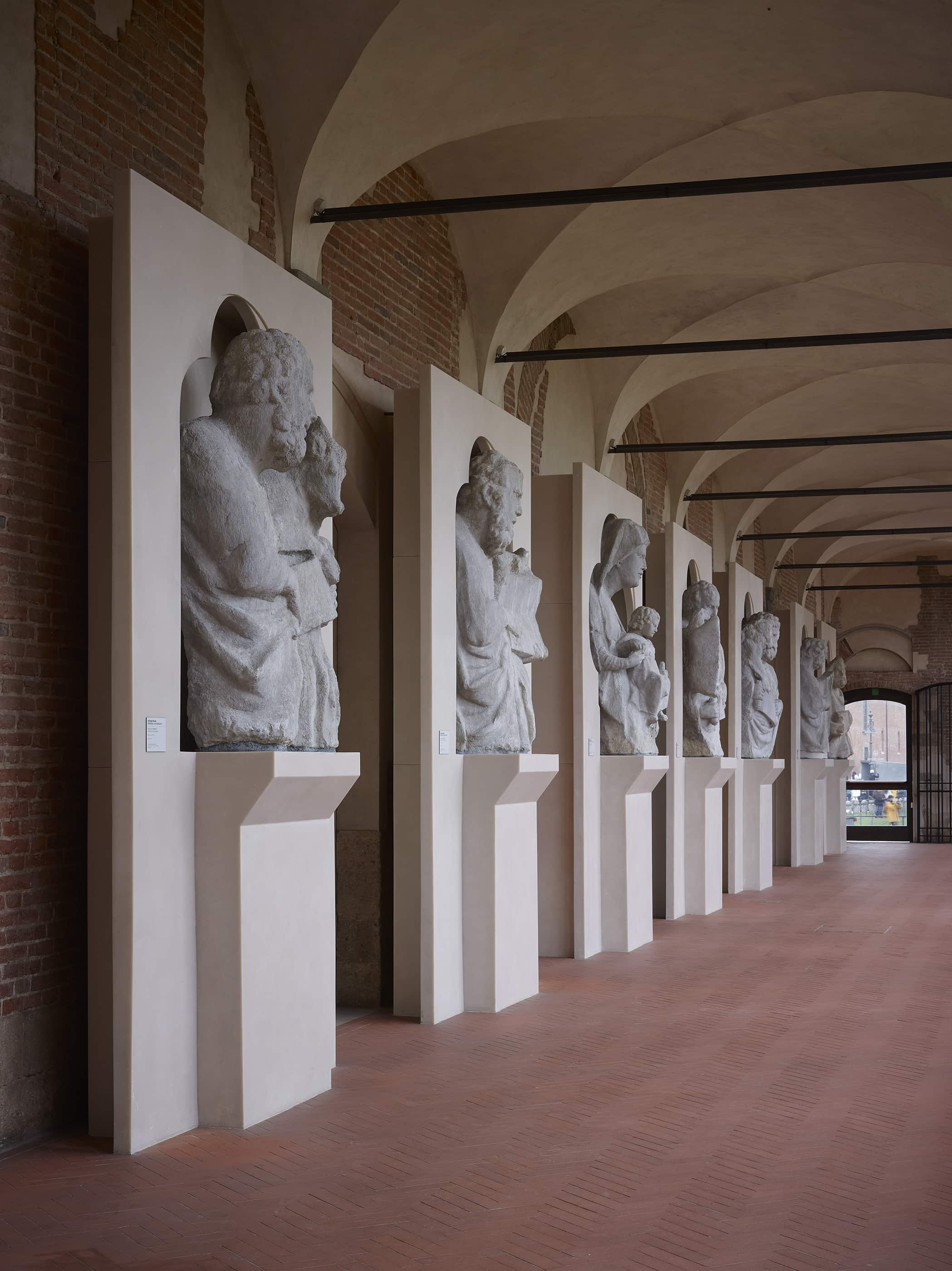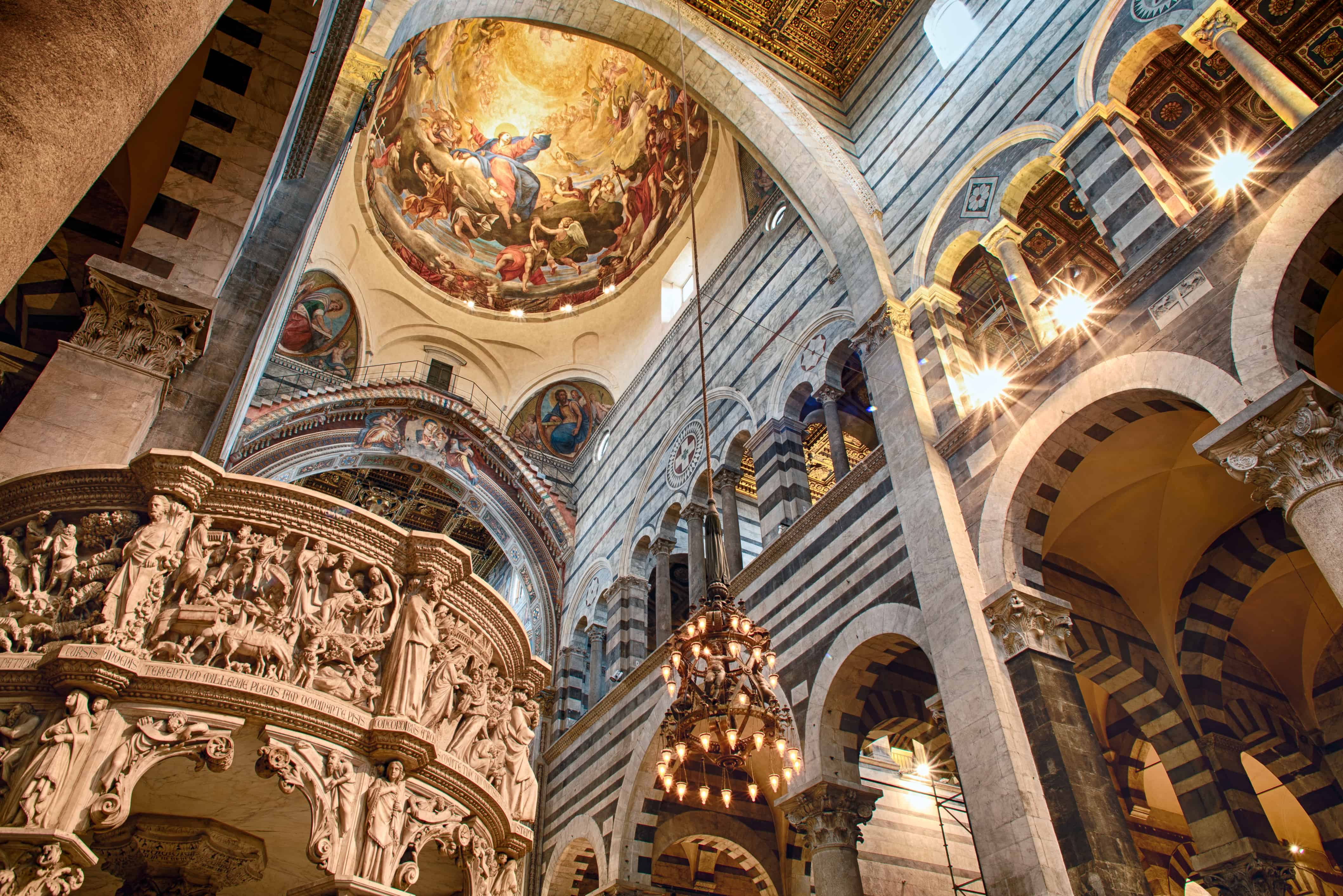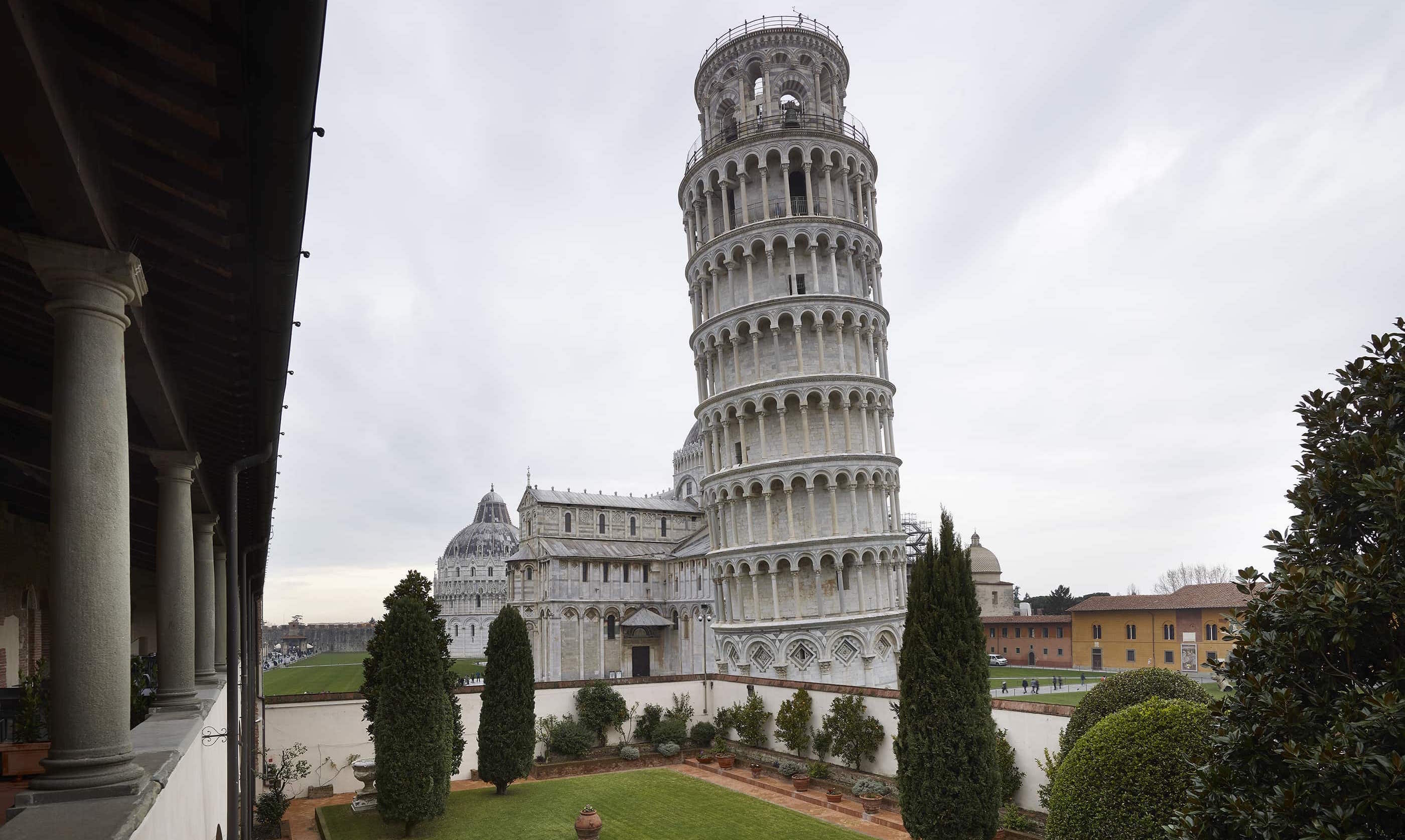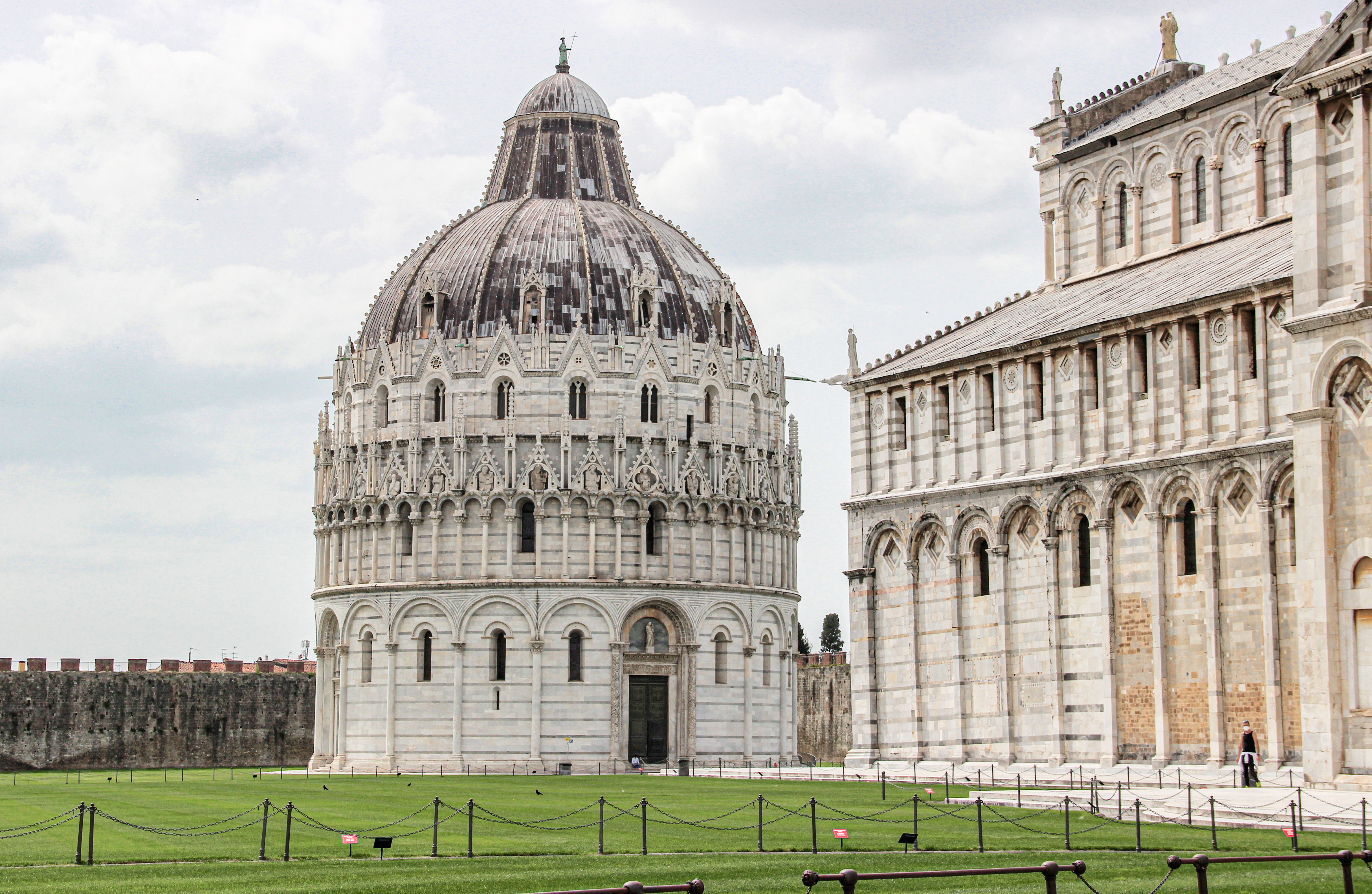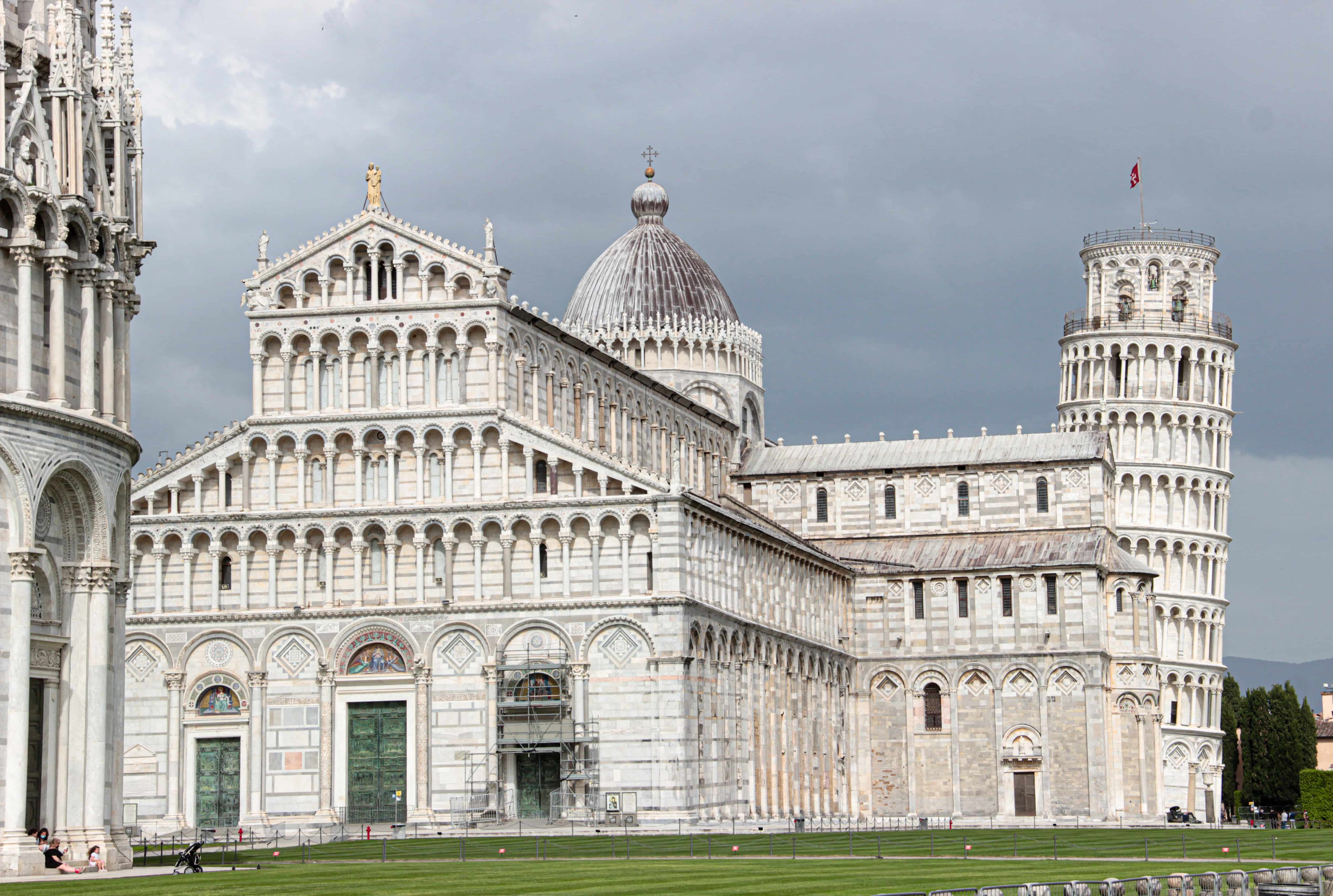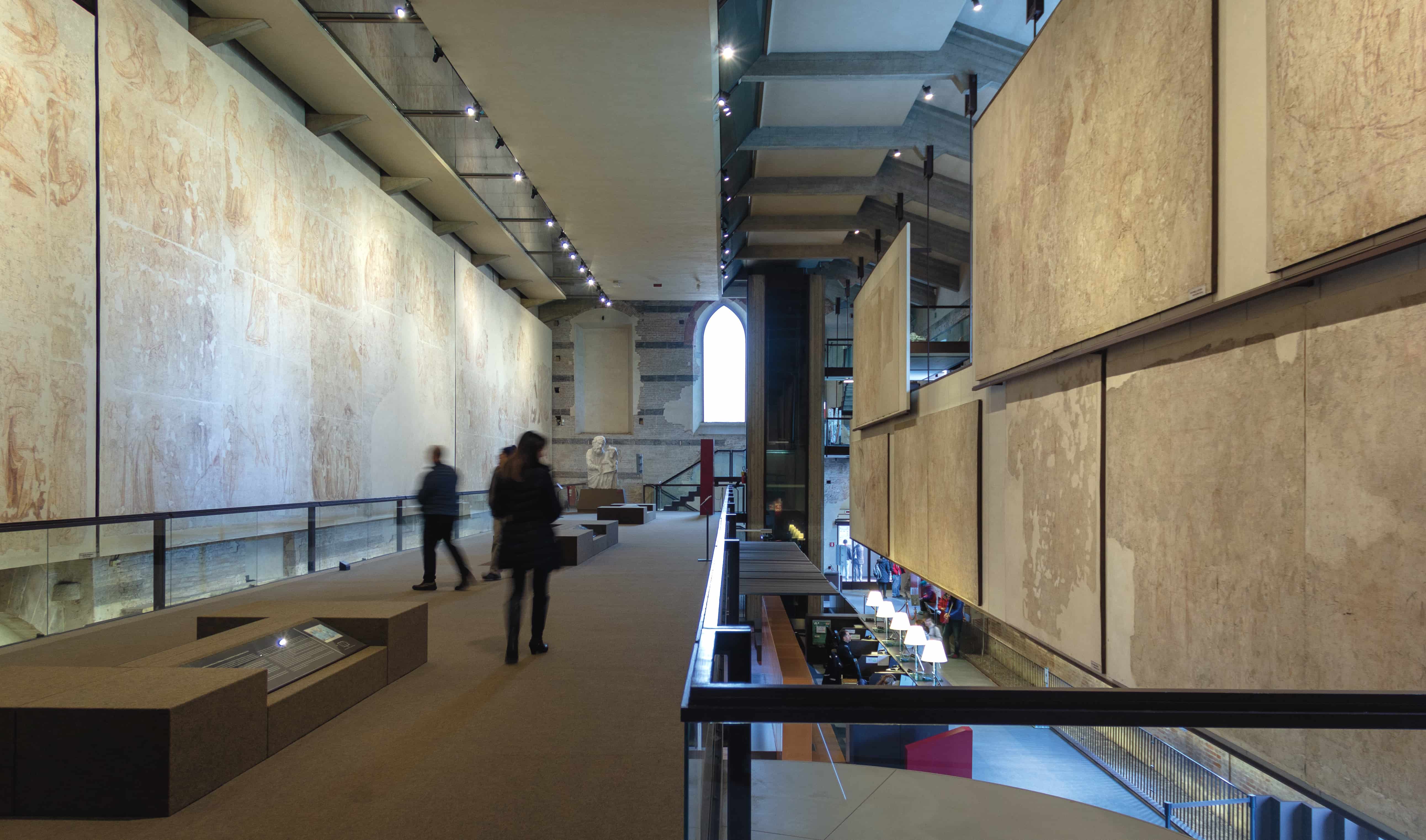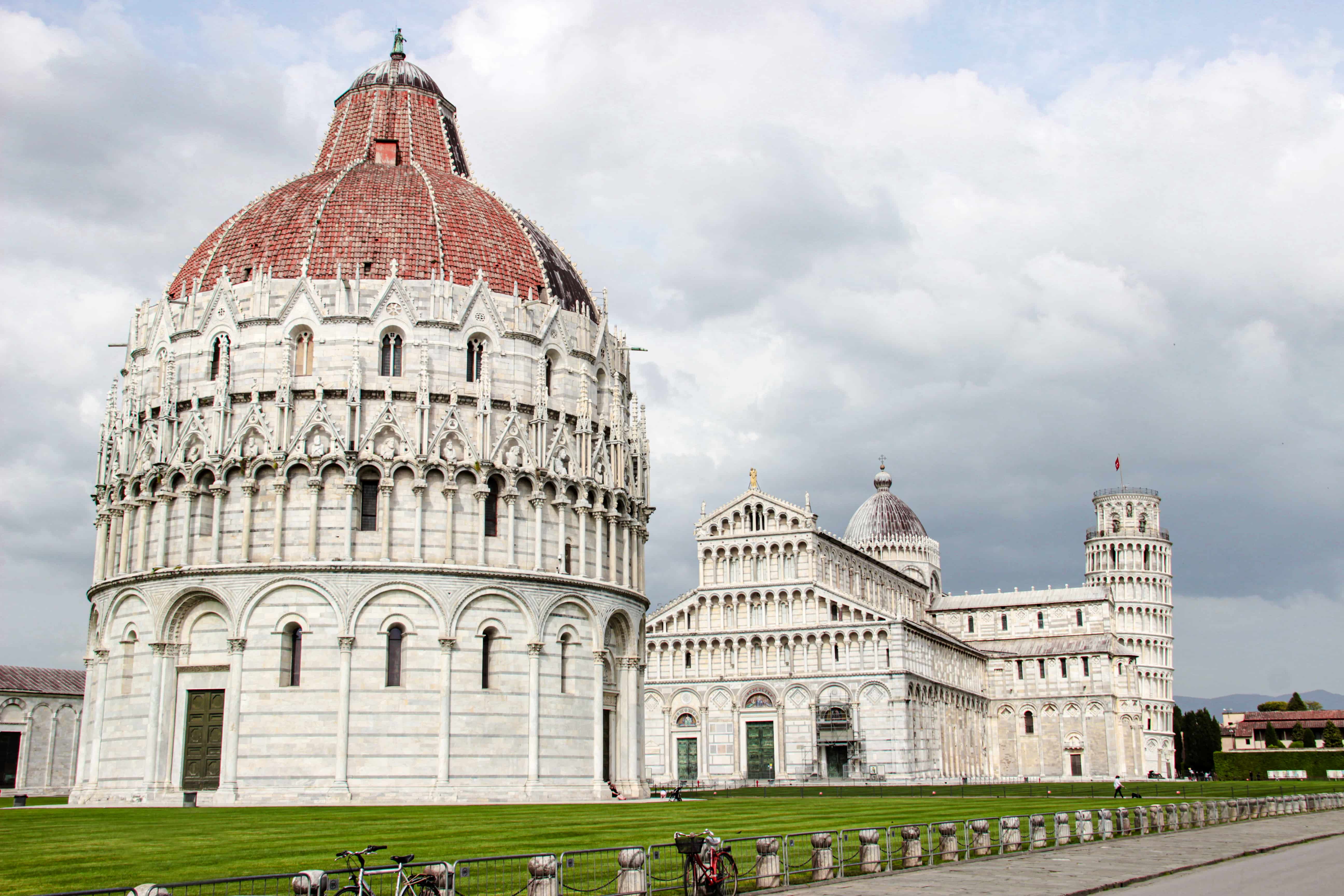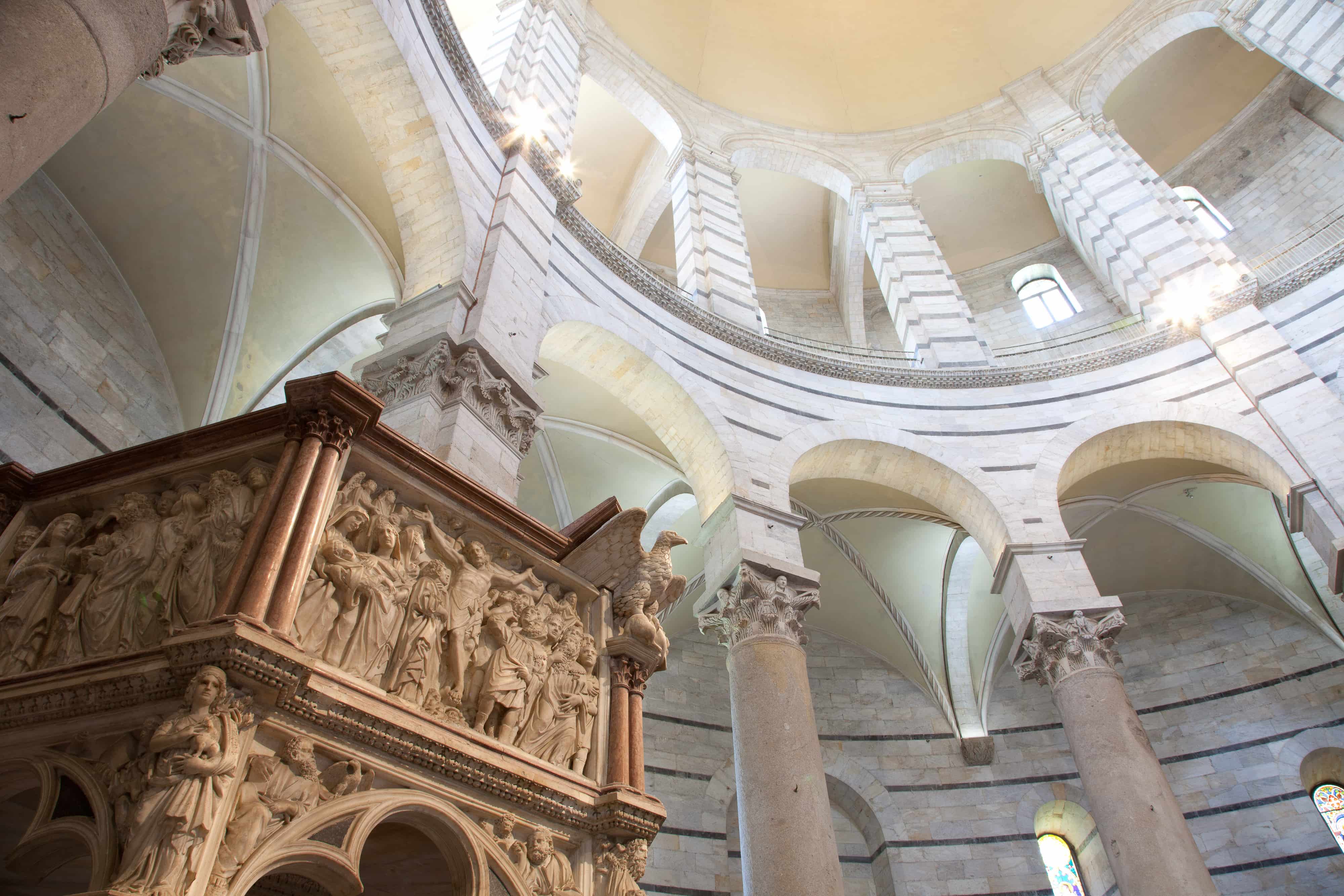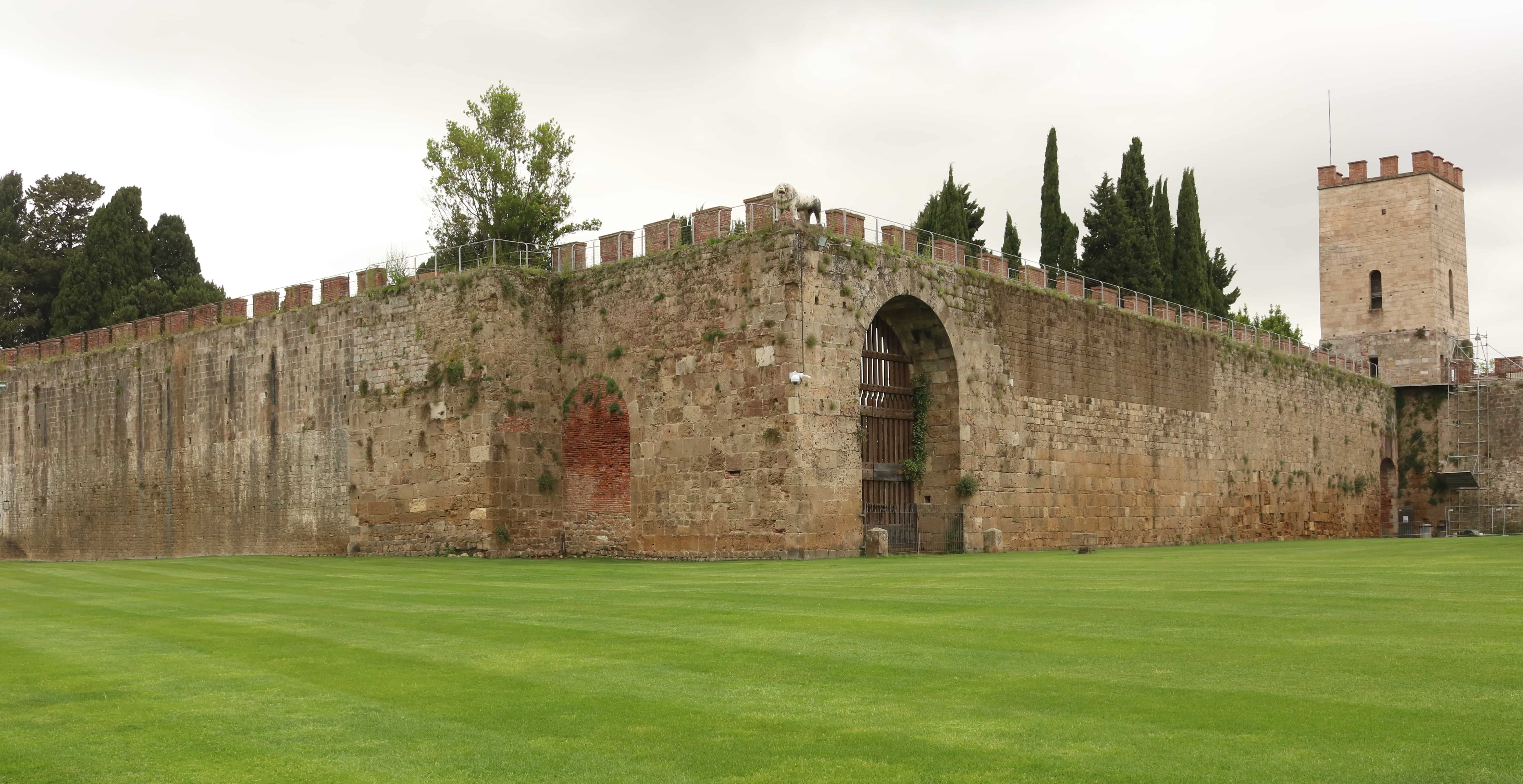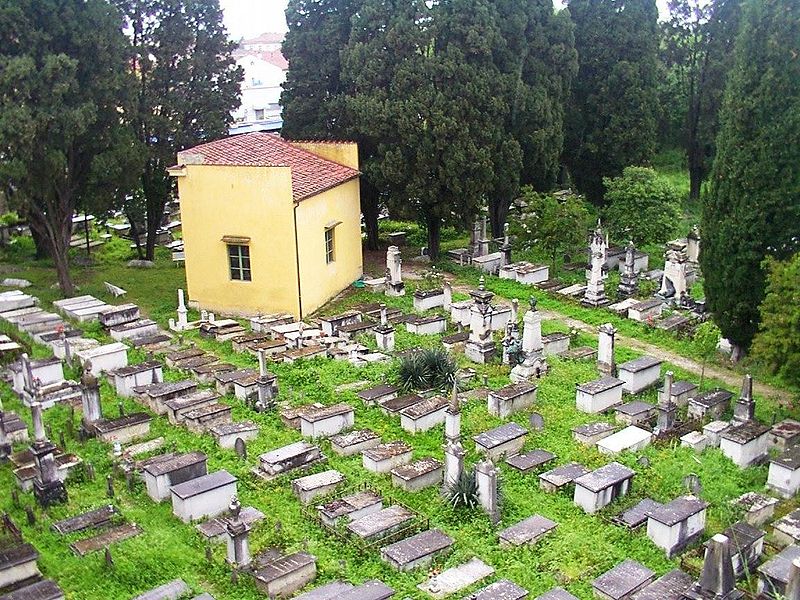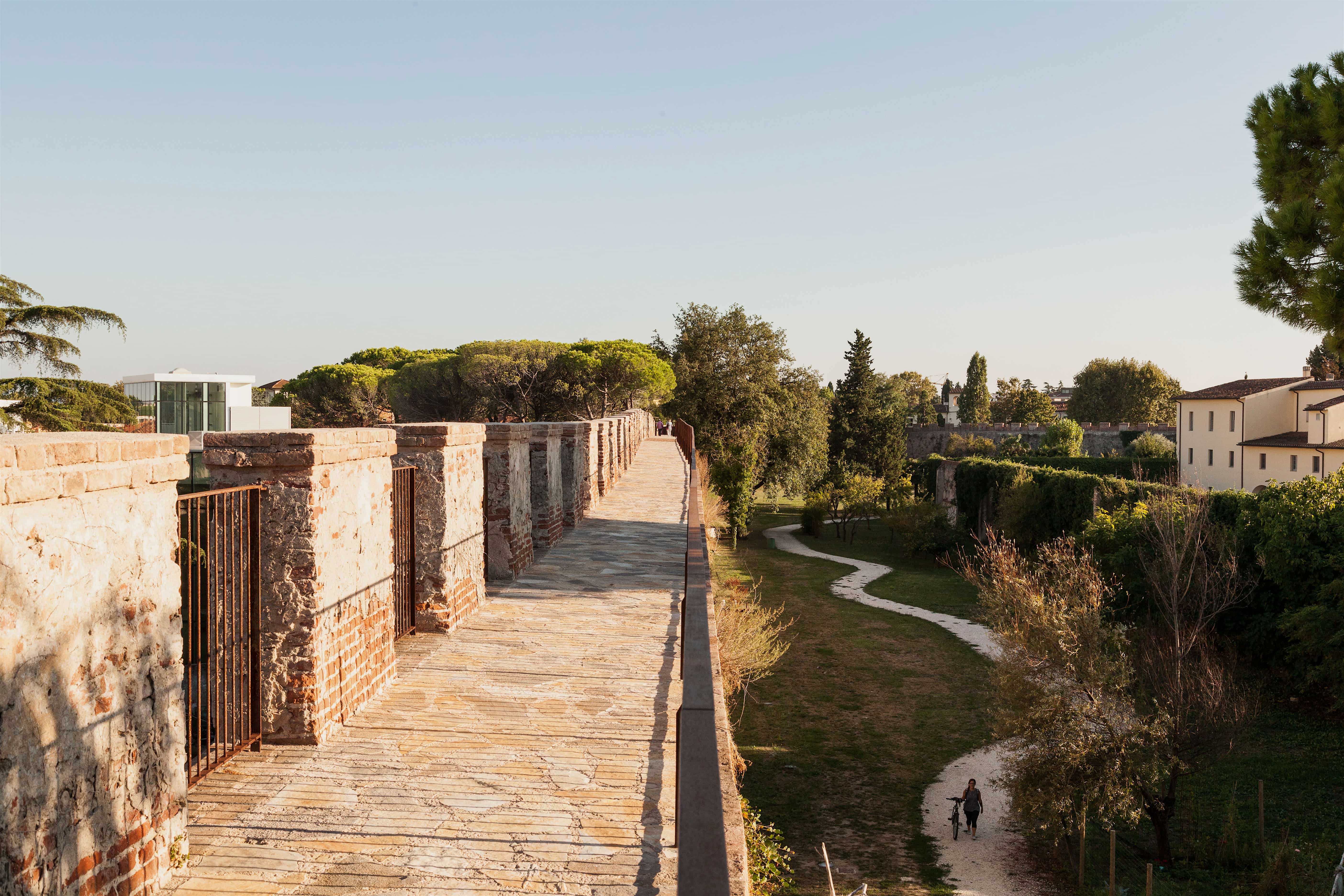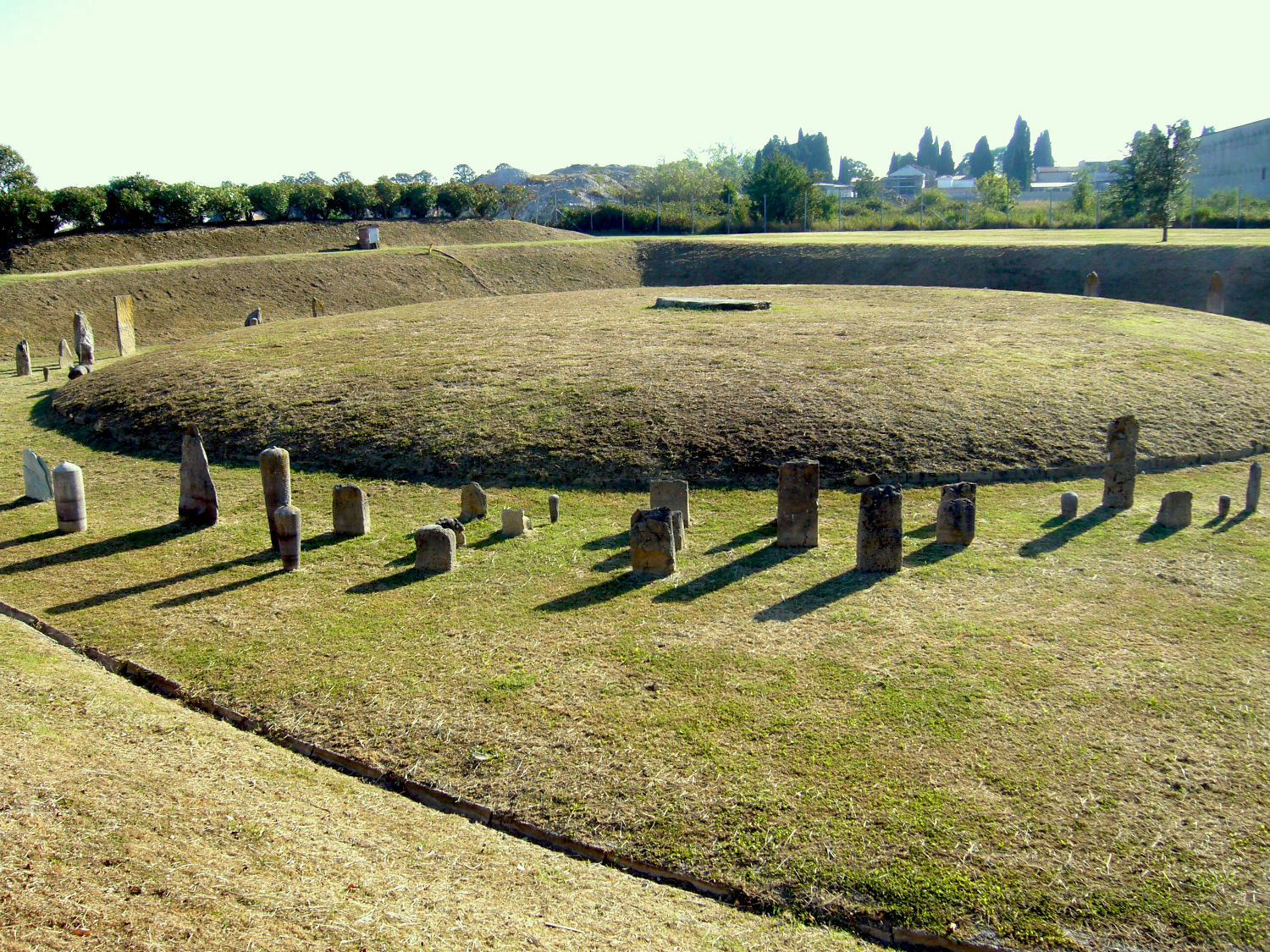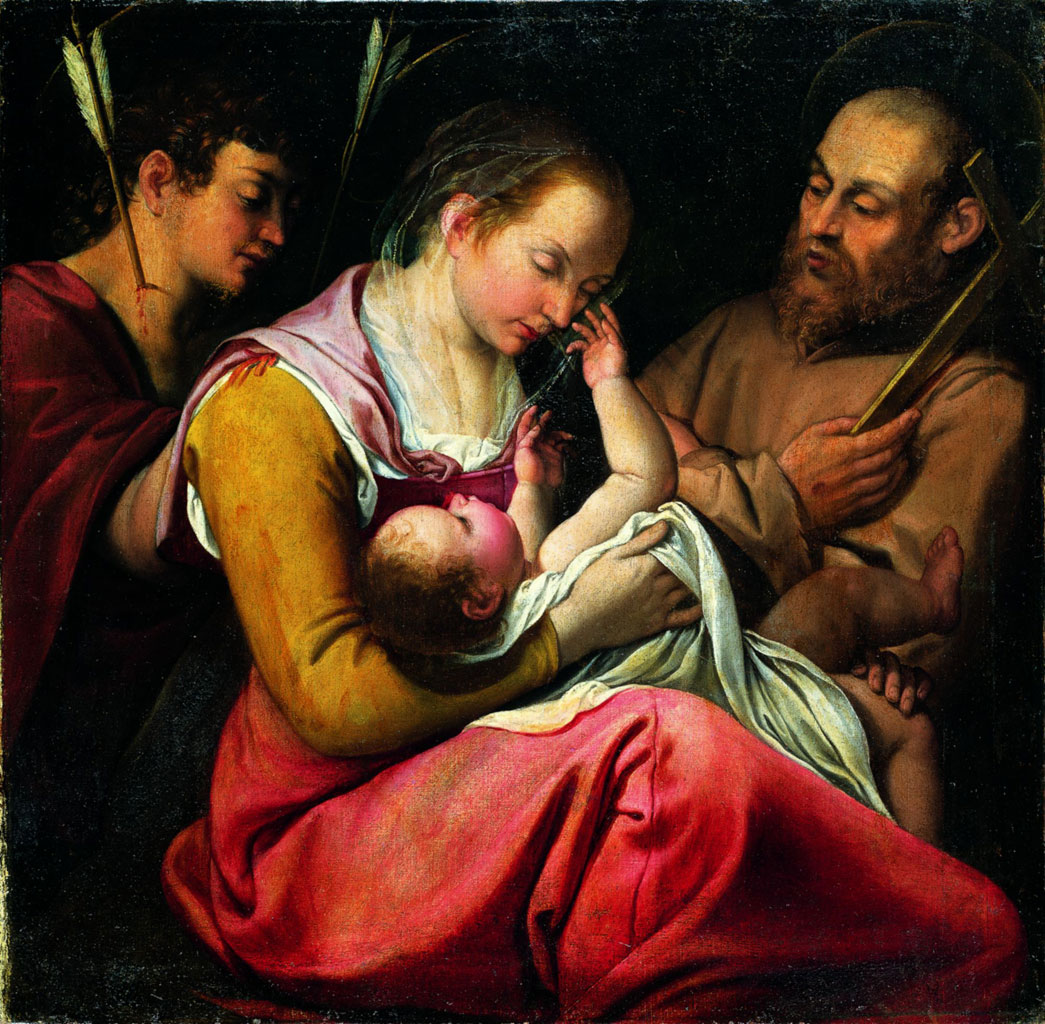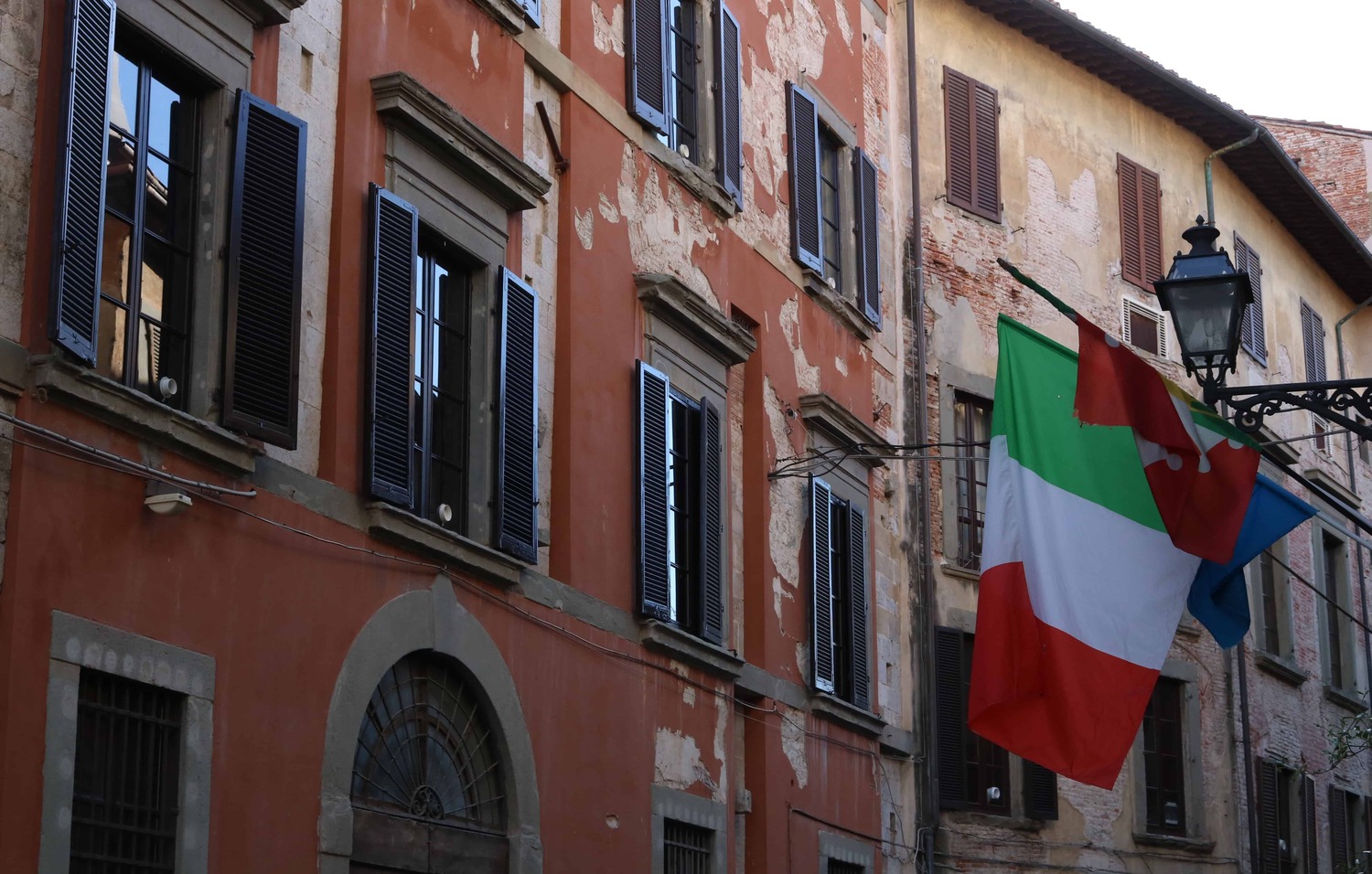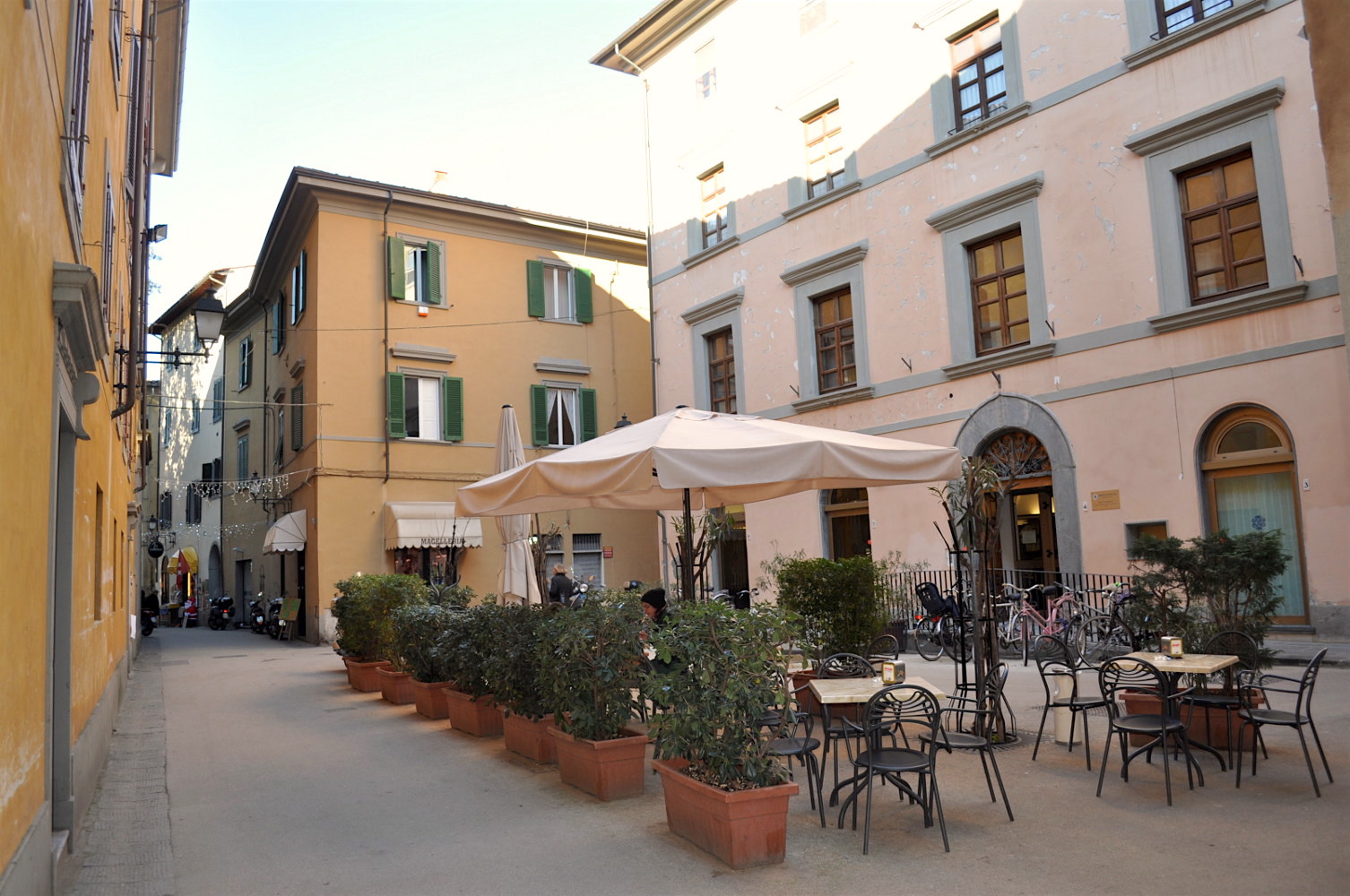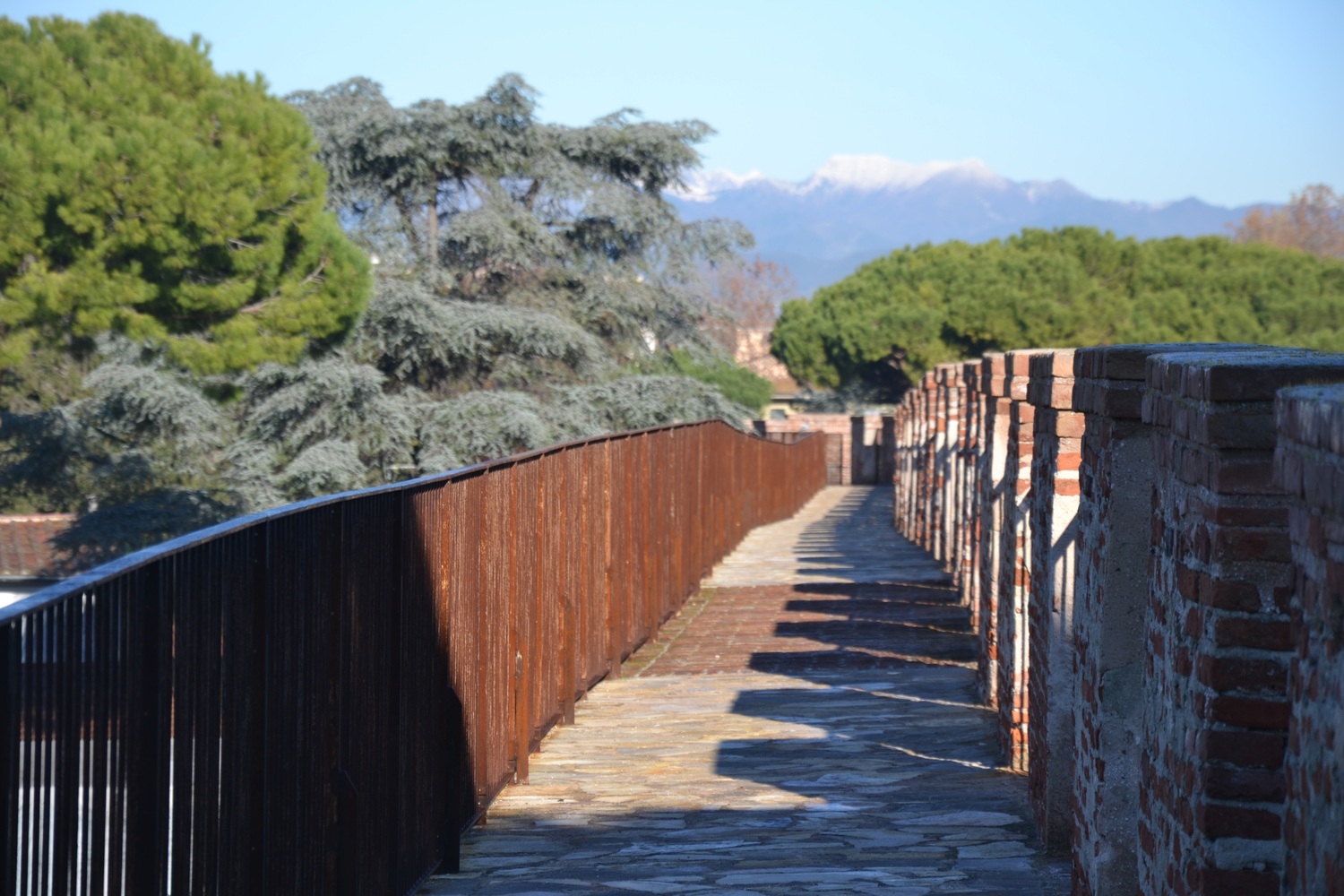Palazzo Giuli Rosselmini Gualandi - Palazzo Blu

In the late middle ages, the building that today is Palazzo Blu belonged to one of the most important families in the history of Pisa, the Dell’Agnellos, who lived in two tower houses side by side. In 1356 they decided to join these to another of their residences by building a bridge over an already existing street. This second building is on the eastern side of the palazzo, set further back towards the south. The result of this work was declared by contemporary sources as being a very fine building and palzzo (“bellissimo edificio e palazzo”) ideal for the political status of this family who, in 1364 became doges of the city. In spite of being exiled in 1368, the Dell’Agnello were able to keep the building: when in 1494 the French king Charles VIII came to Pisa, he stayed at the home of Messer Giambernardino Dell’Agnello, lungarno Santa Cristina.
In the 1500s, the palazzo passed to the Sancasciani and then the Del Testa families. At Some time between 1577 and the sale in 1789 to the Bracci Cambinis, the facade was redesigned with rectangular windows framed in sandstone and a central door surmounted by a kneeling window with a balcony. In 1807 the building was owned by the Count Archinto family, who also bought part of the public concourse to enlarge the facade towards the west. They covered the ancient bridge and narrowed the street beside the church of S. Cristina. The colour of the façade dates from this period, perhaps to please guests from St. Petersburg who lived there. In 1864 it was bought by the Pisan nobleman Domenico Giuli, who built a new wing, to make the facade symmetrical, and connected it to palazzo Casarosa, his property. In later years the palazzo became as it is today.
The Fondazione Pisa bought the palazzo in the early 21st century, where it has transferred its Headquarters and created a centre for culturali activities and exhibitions.

